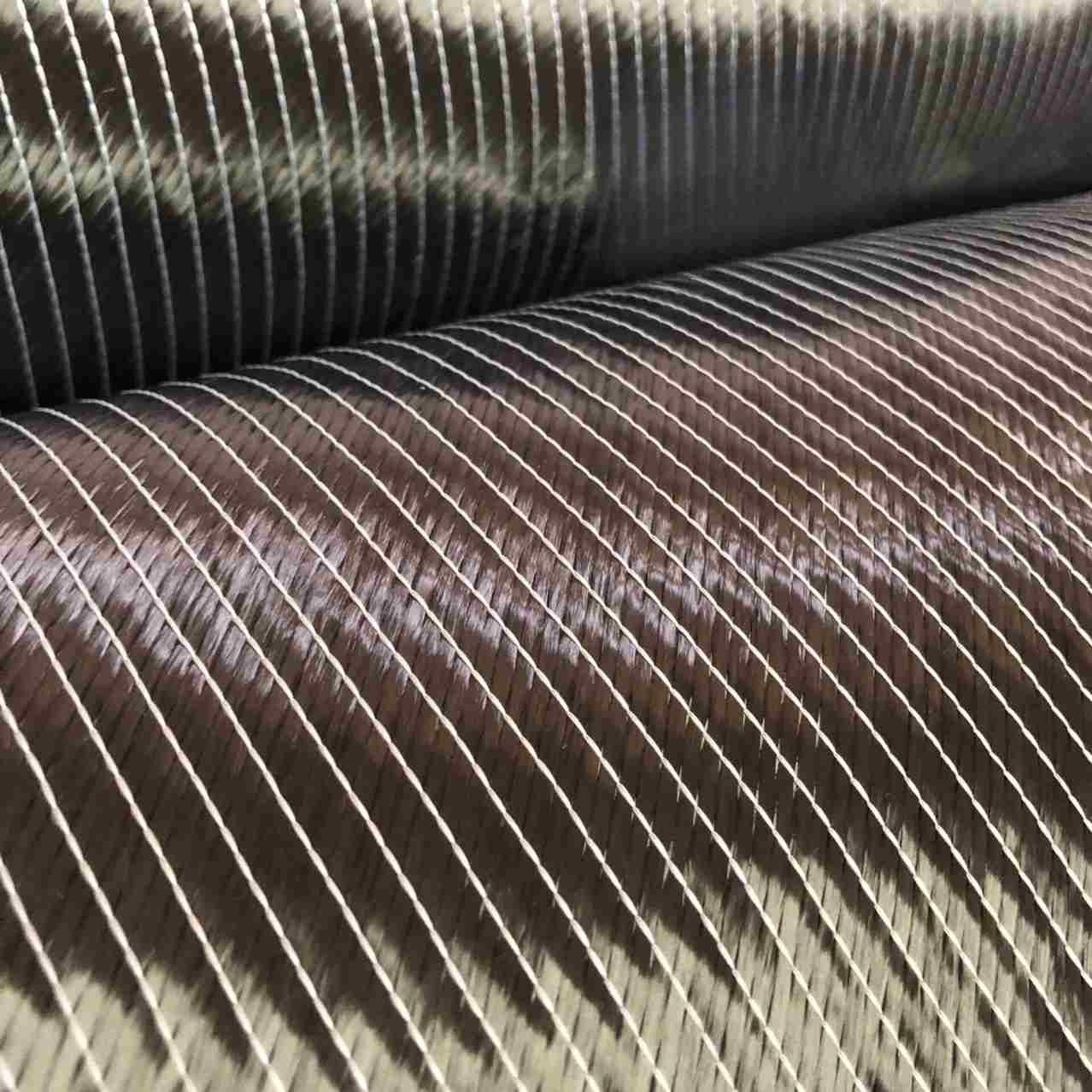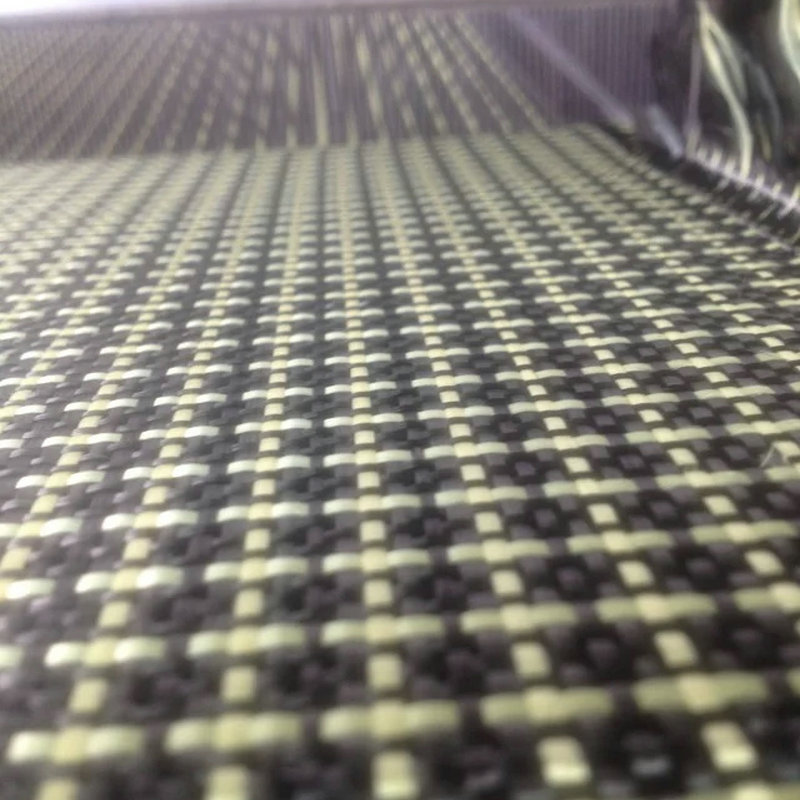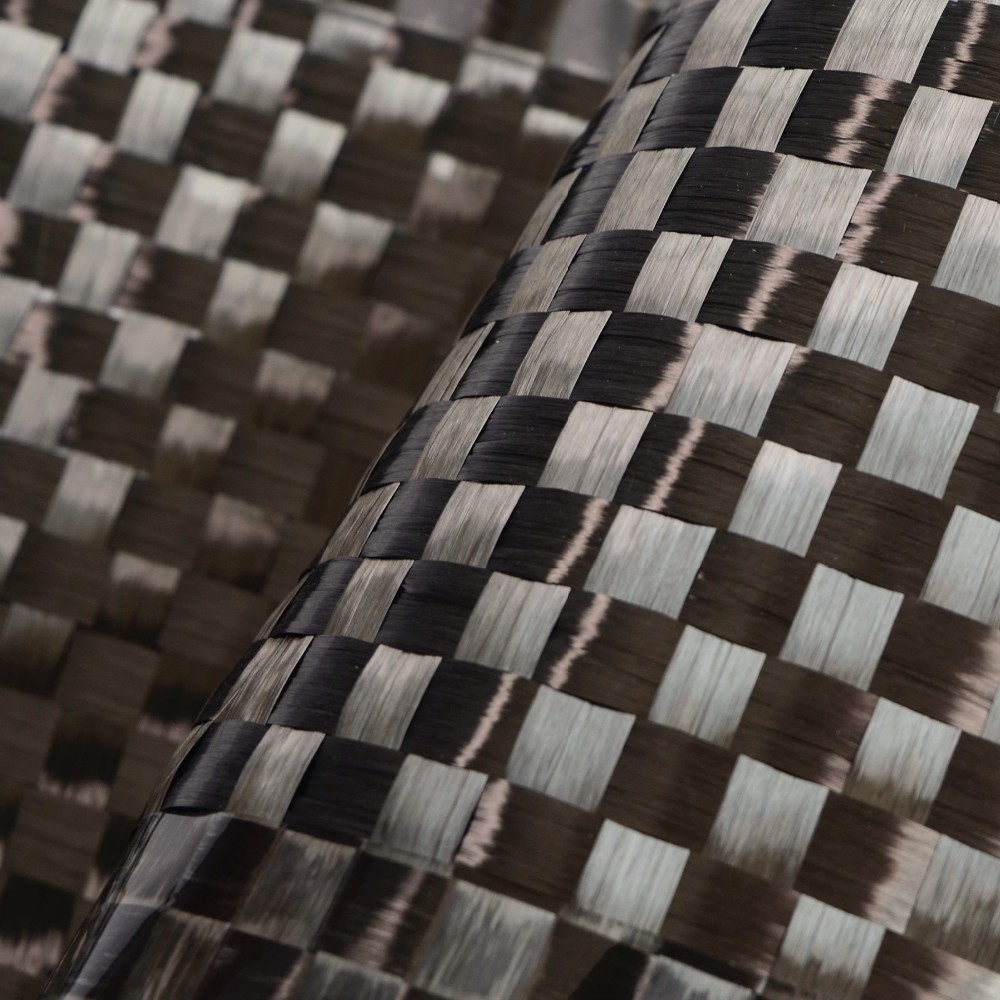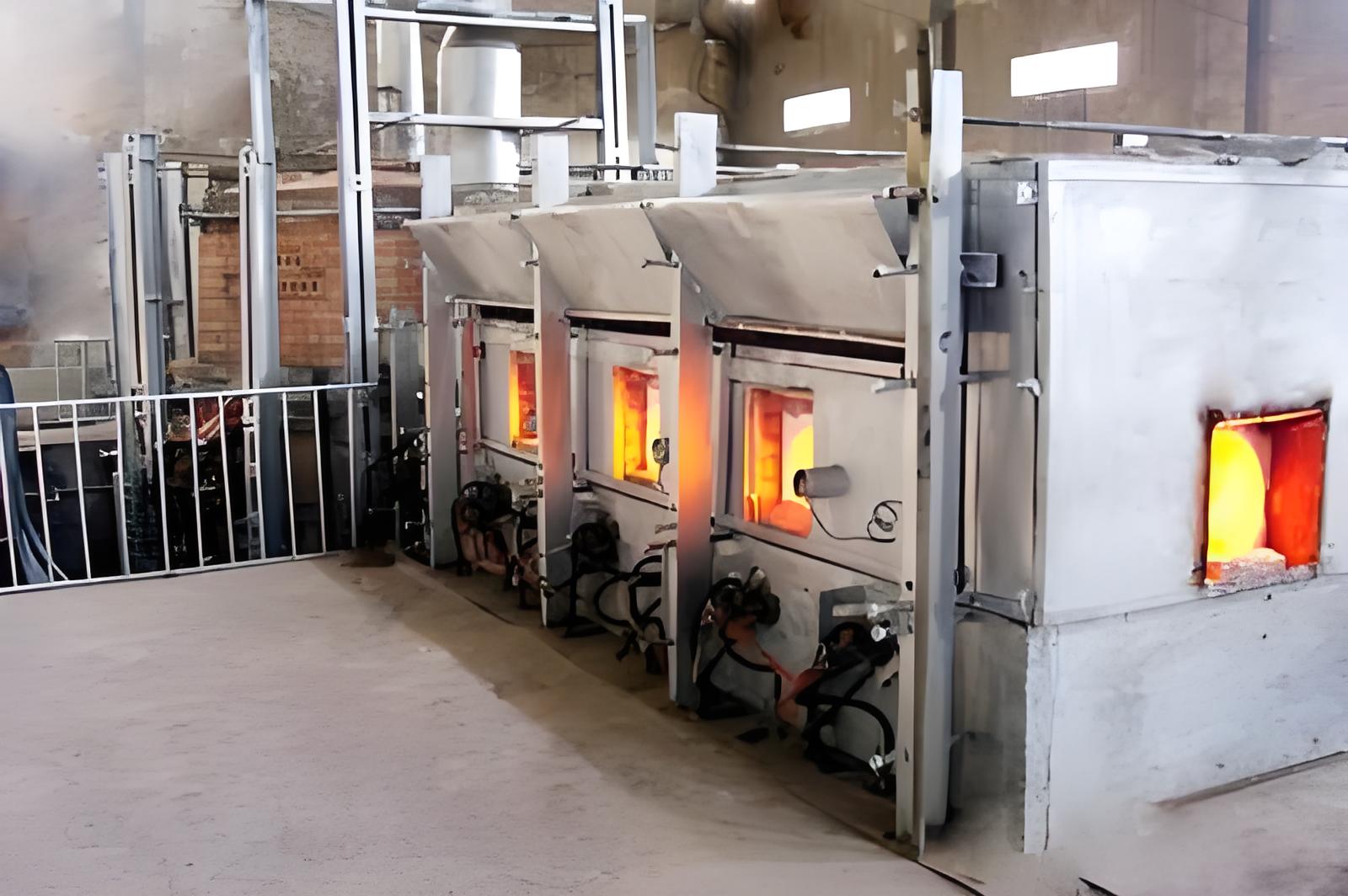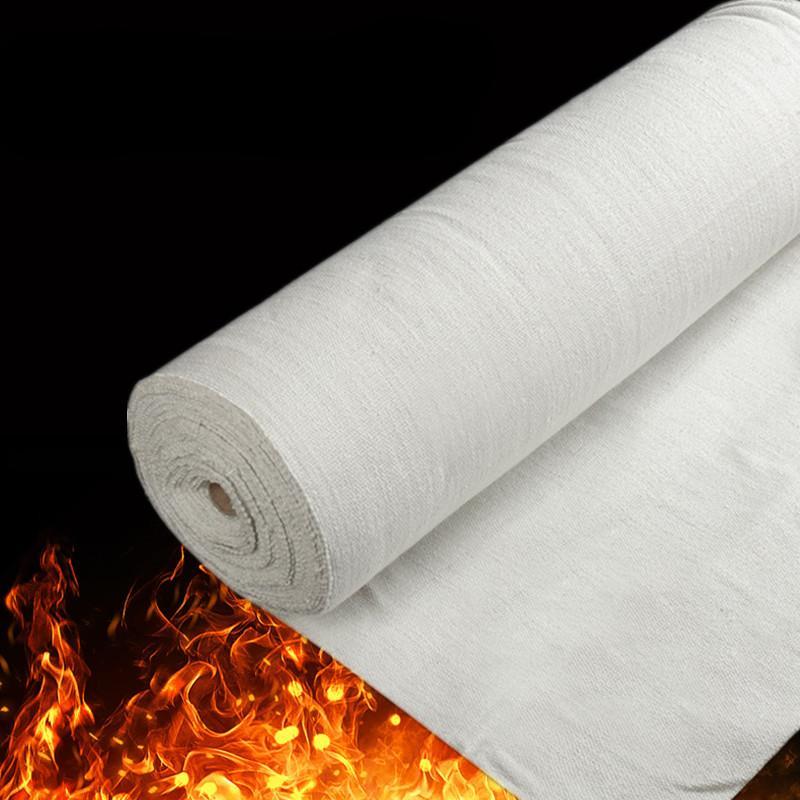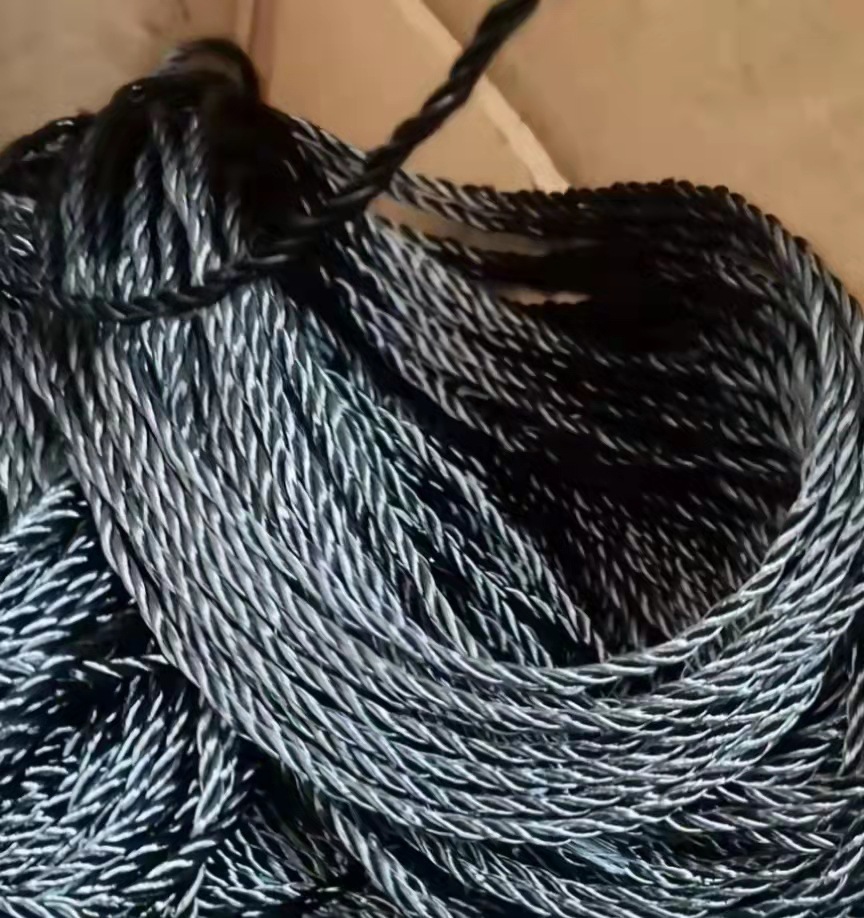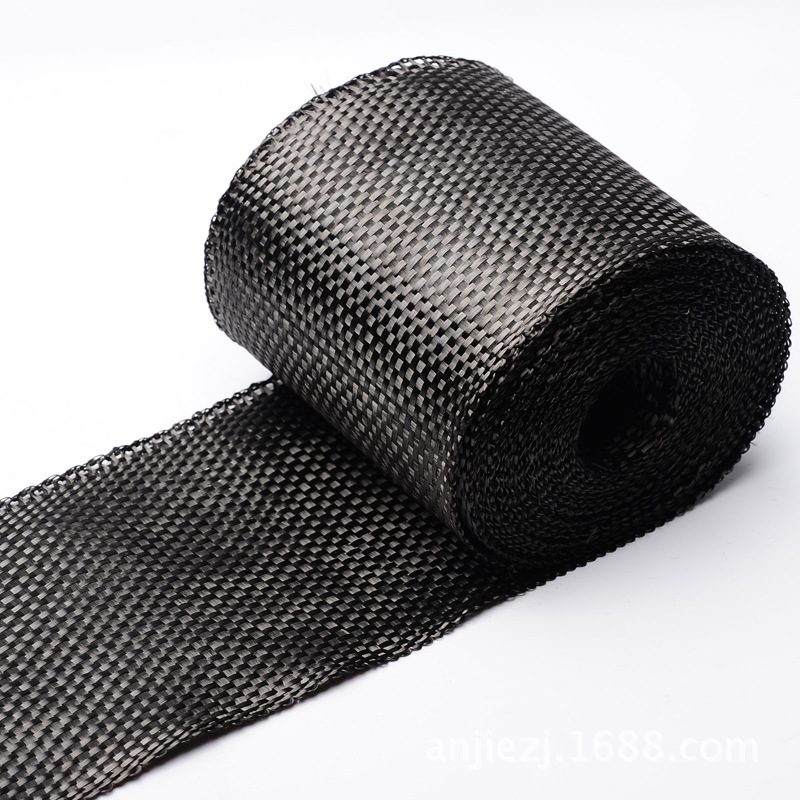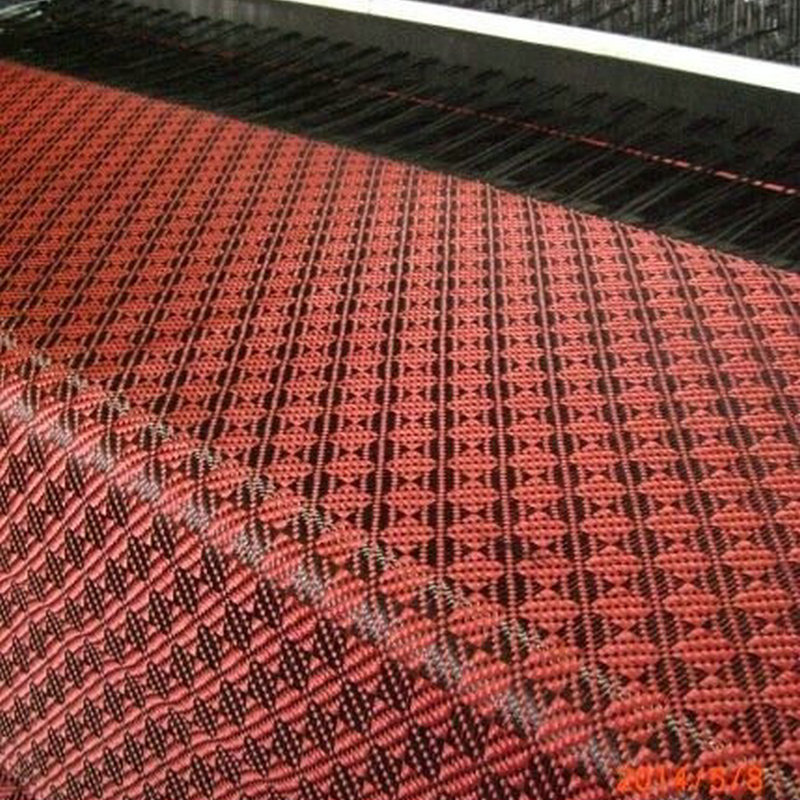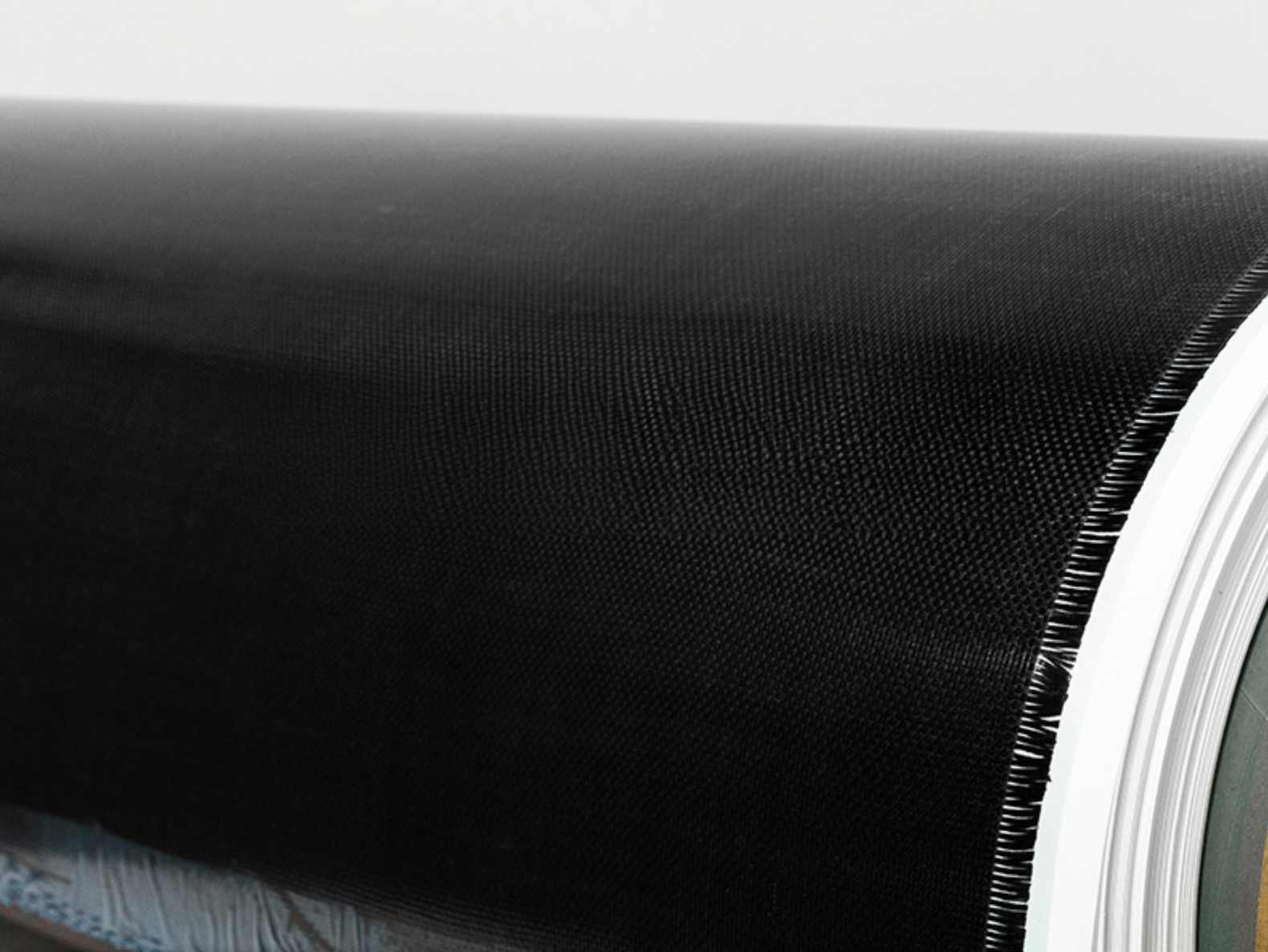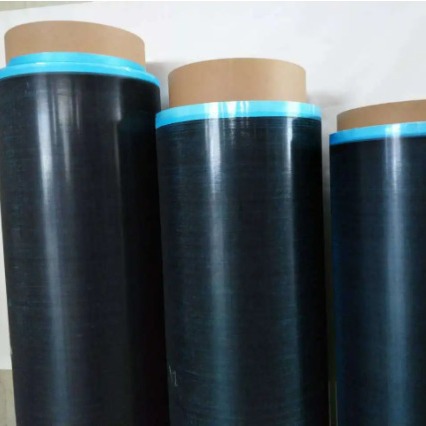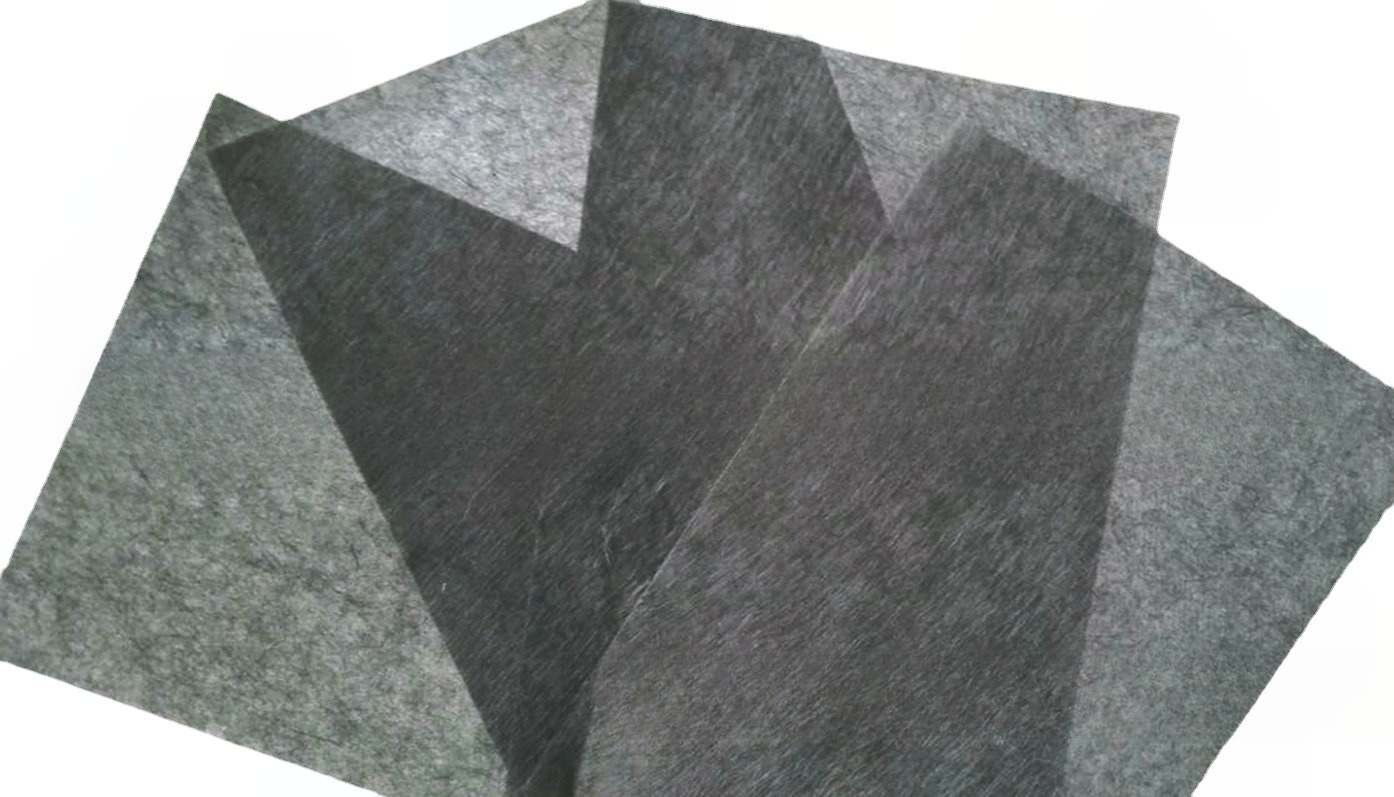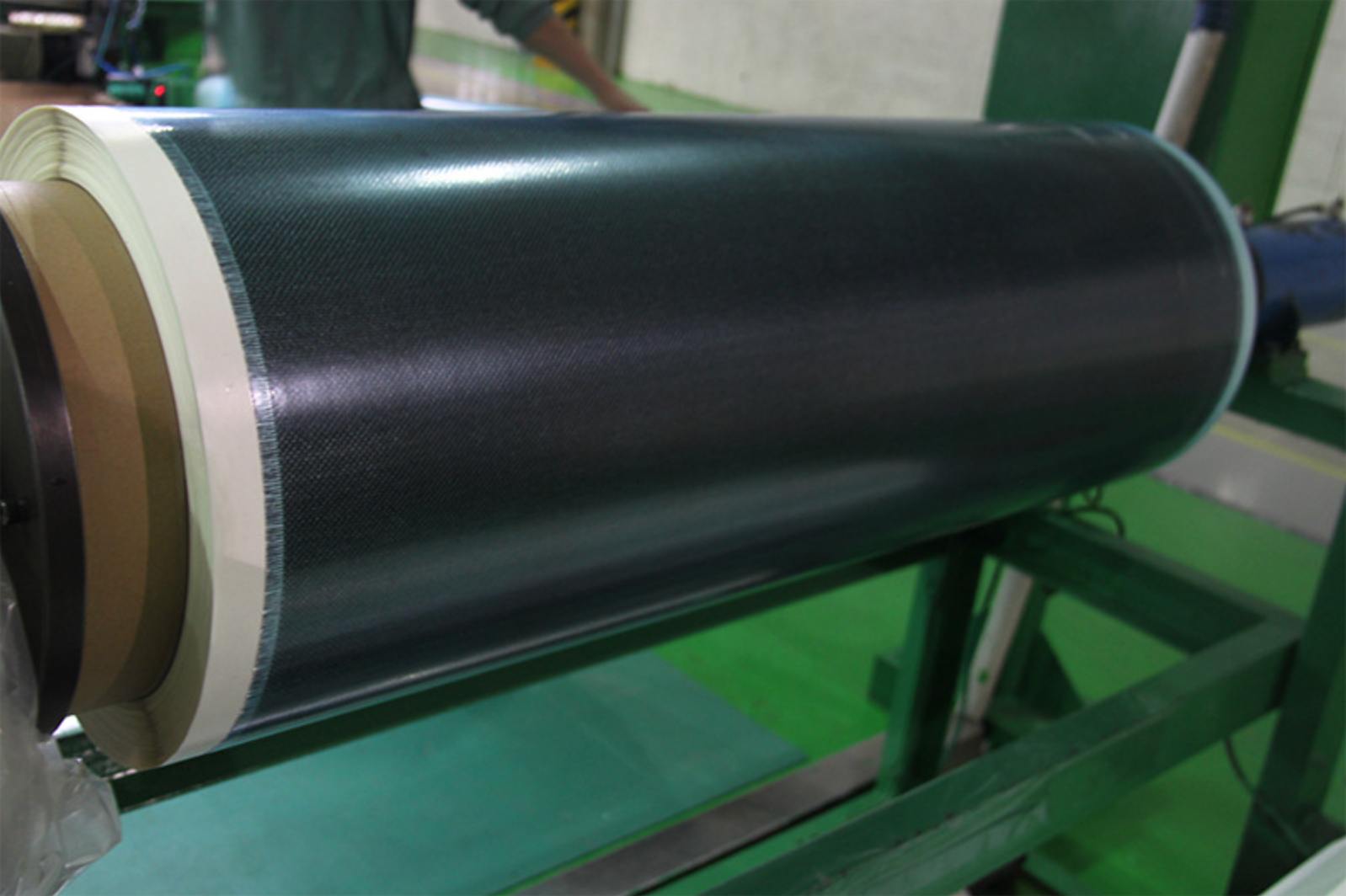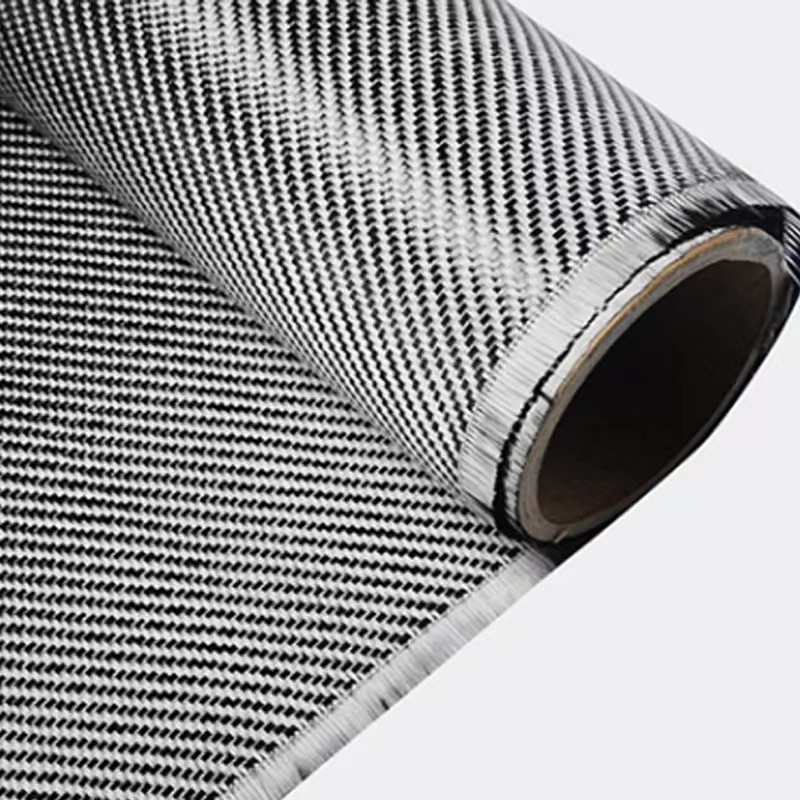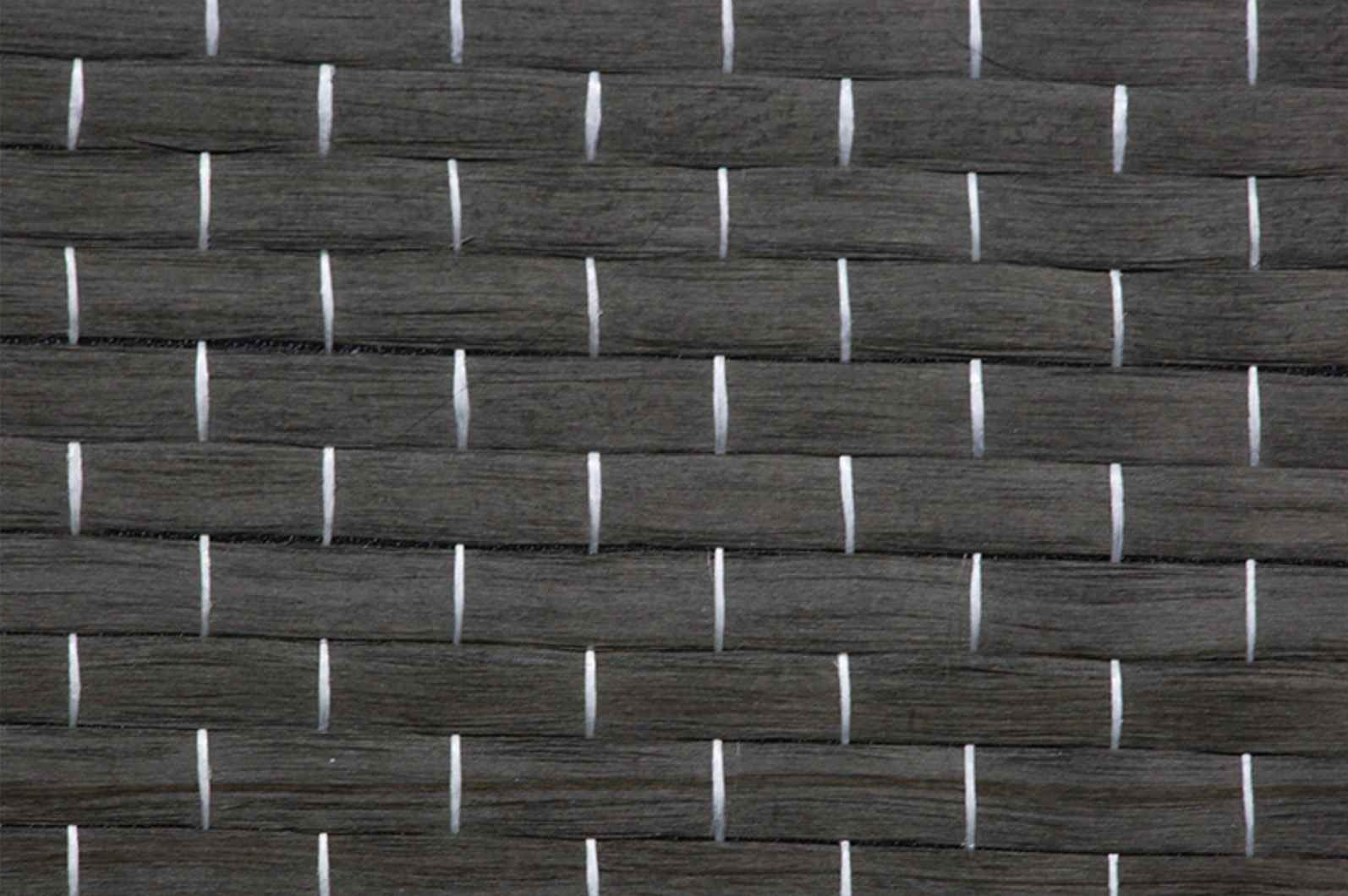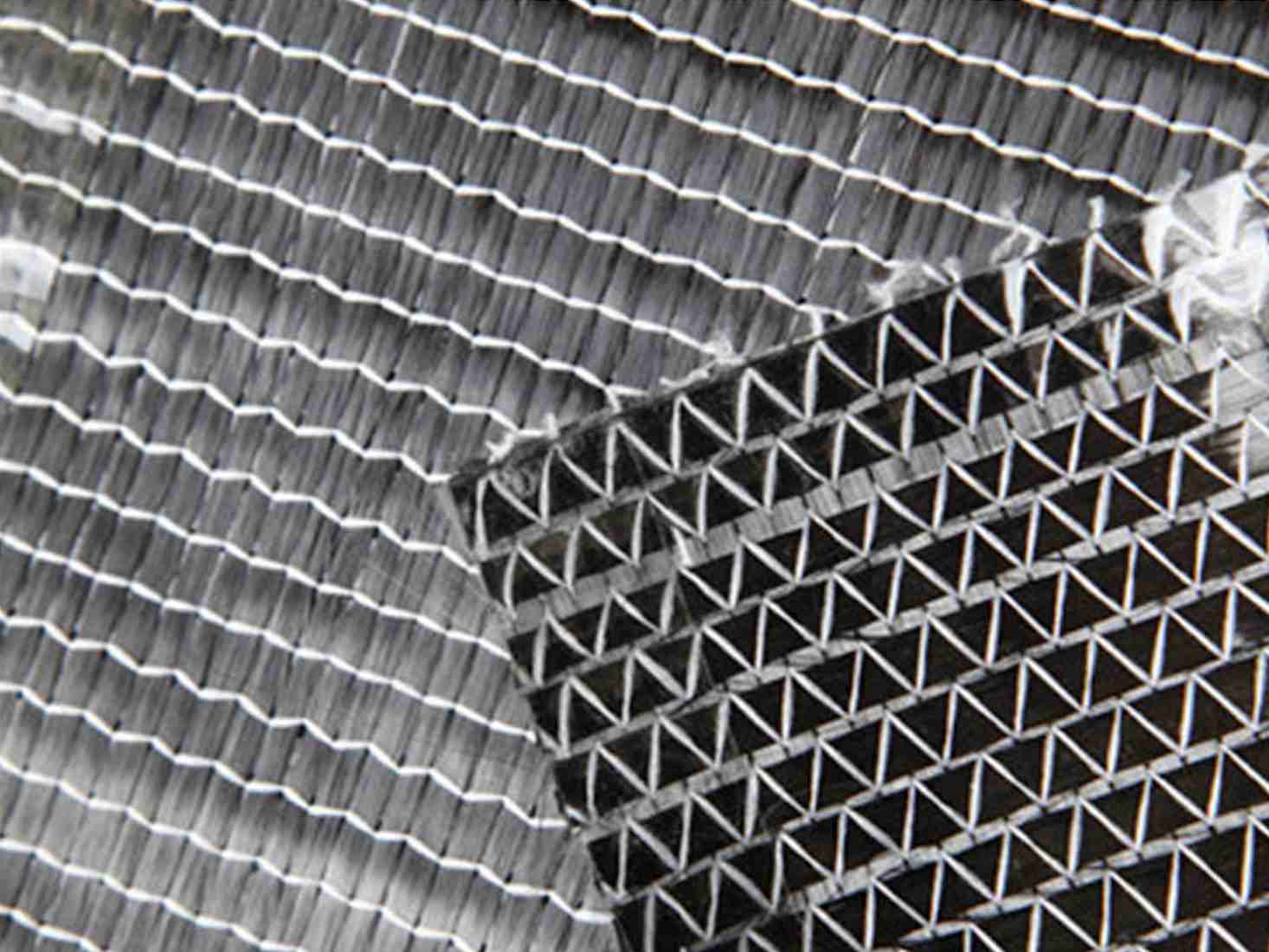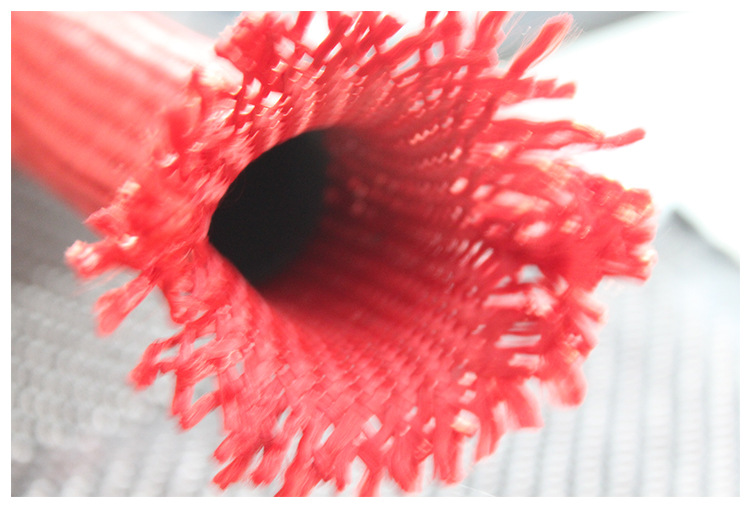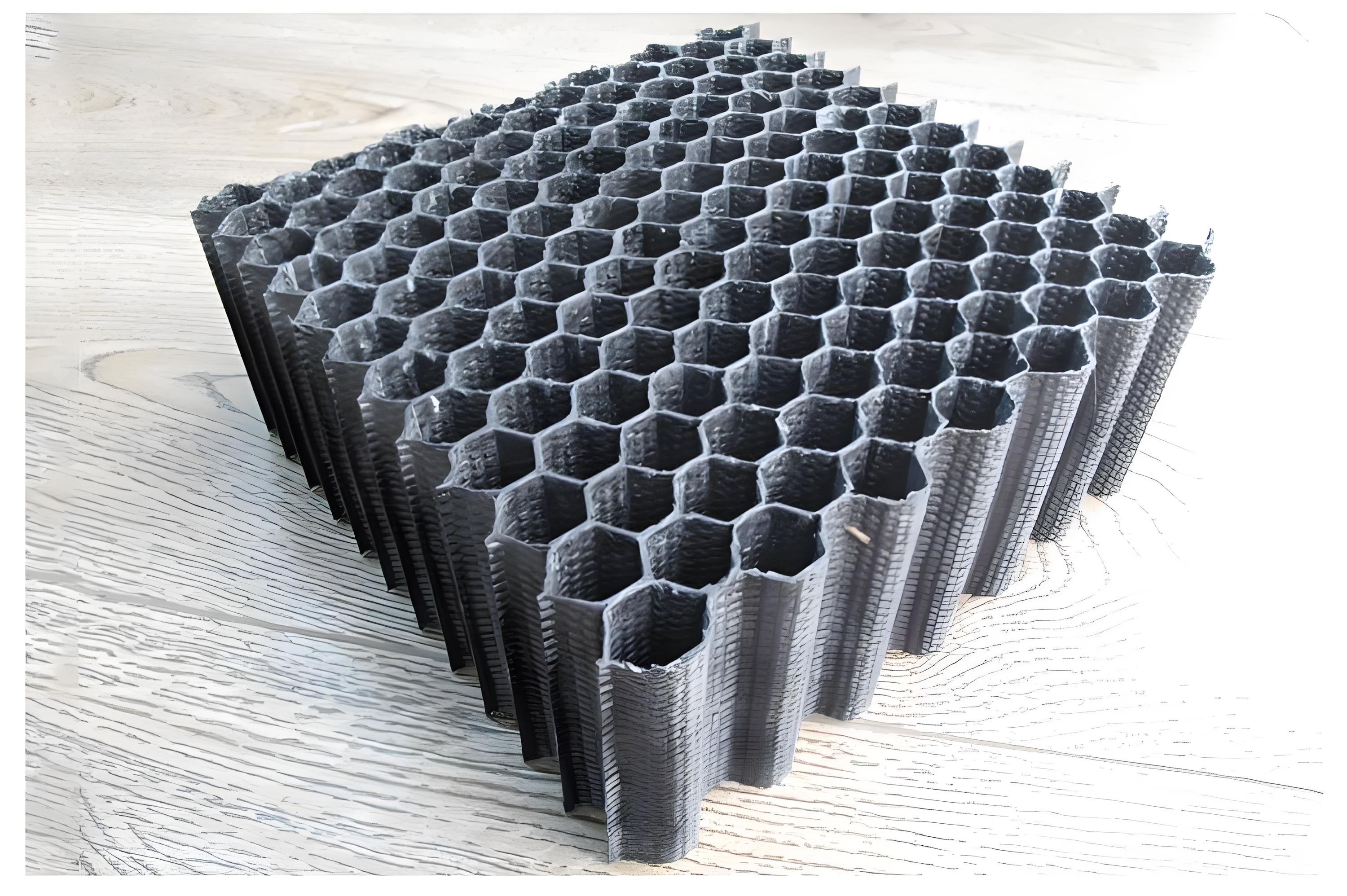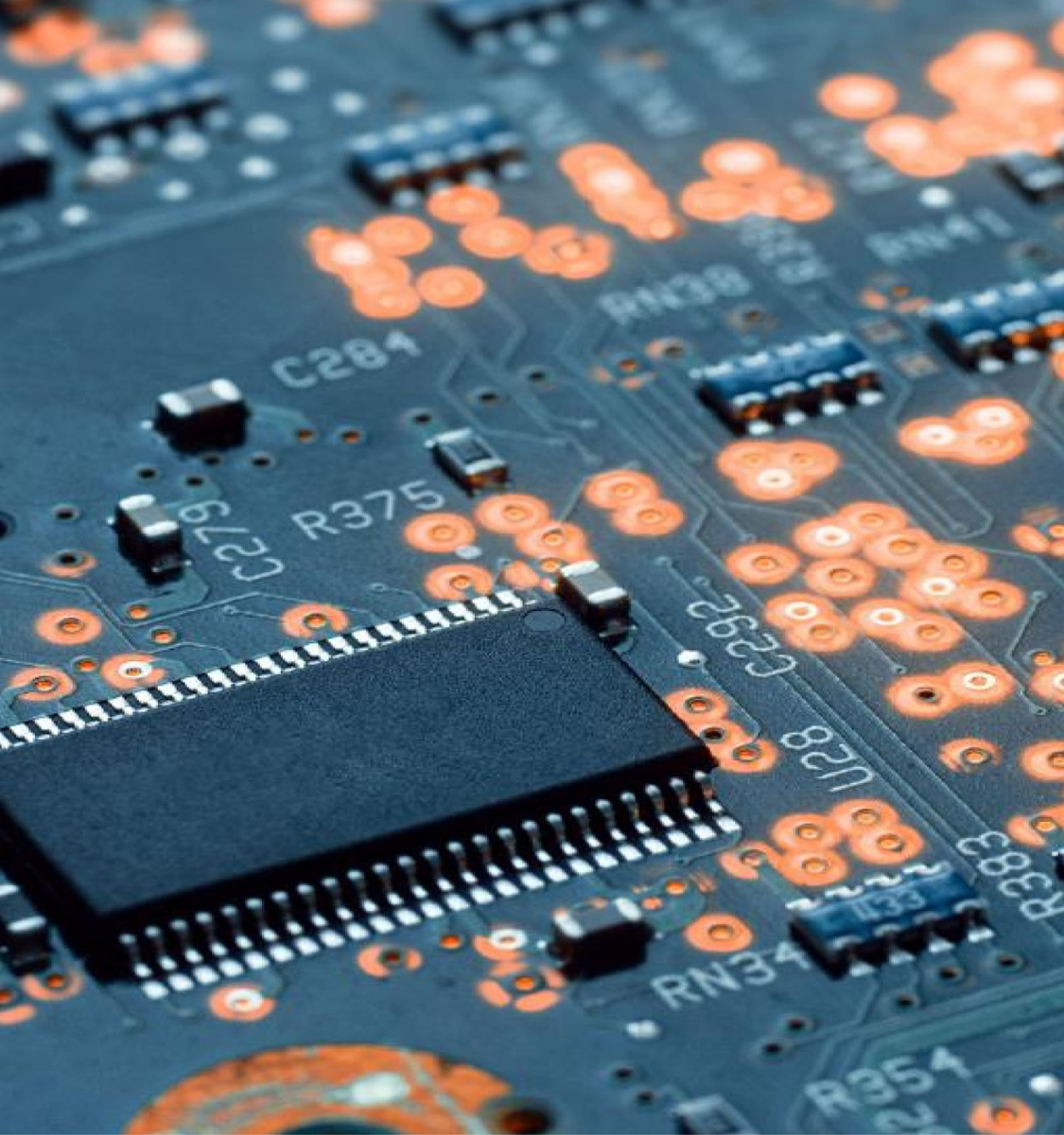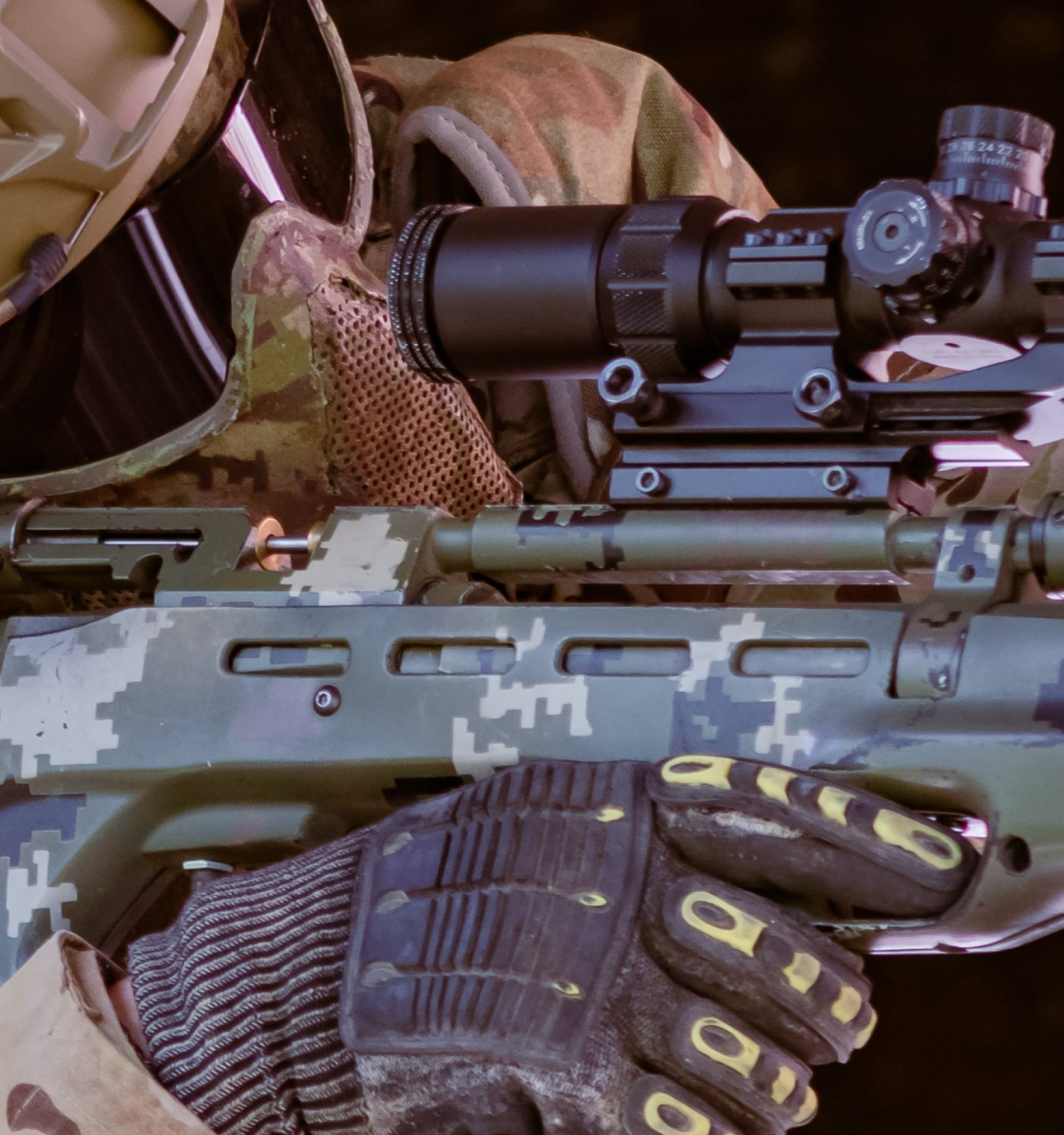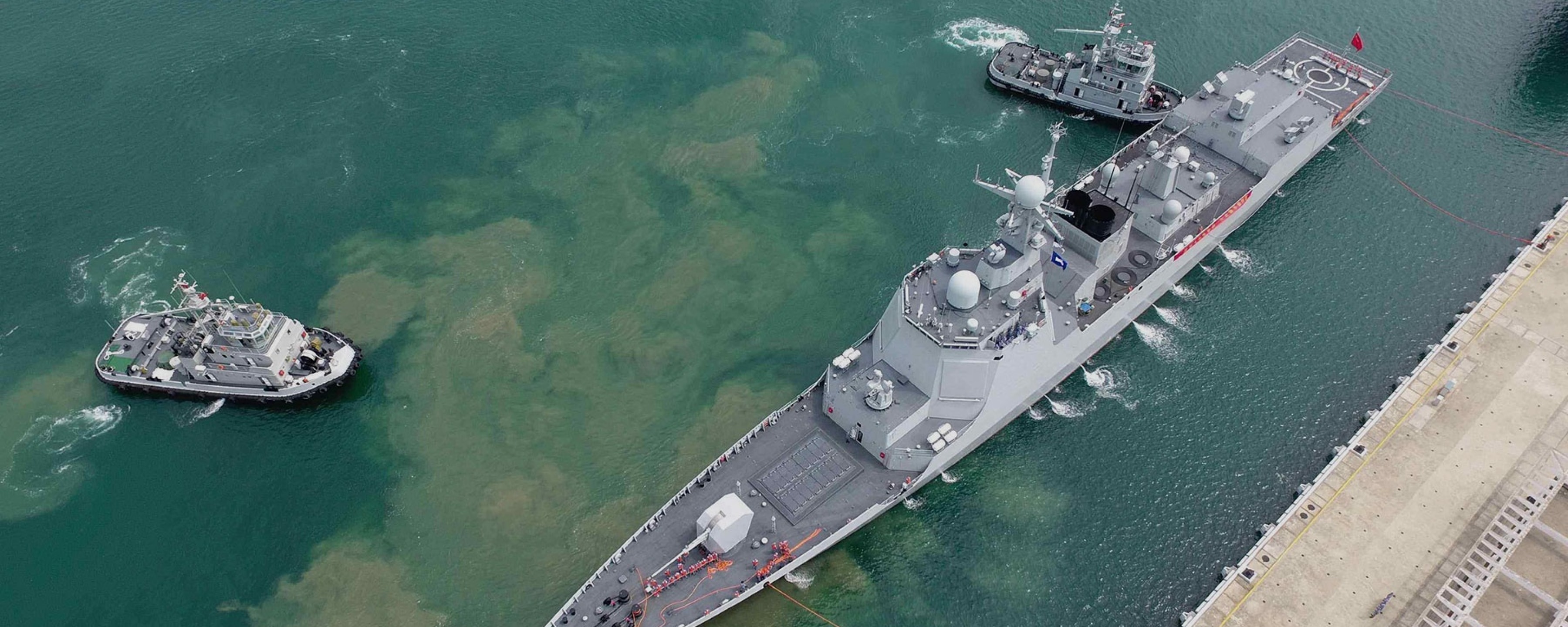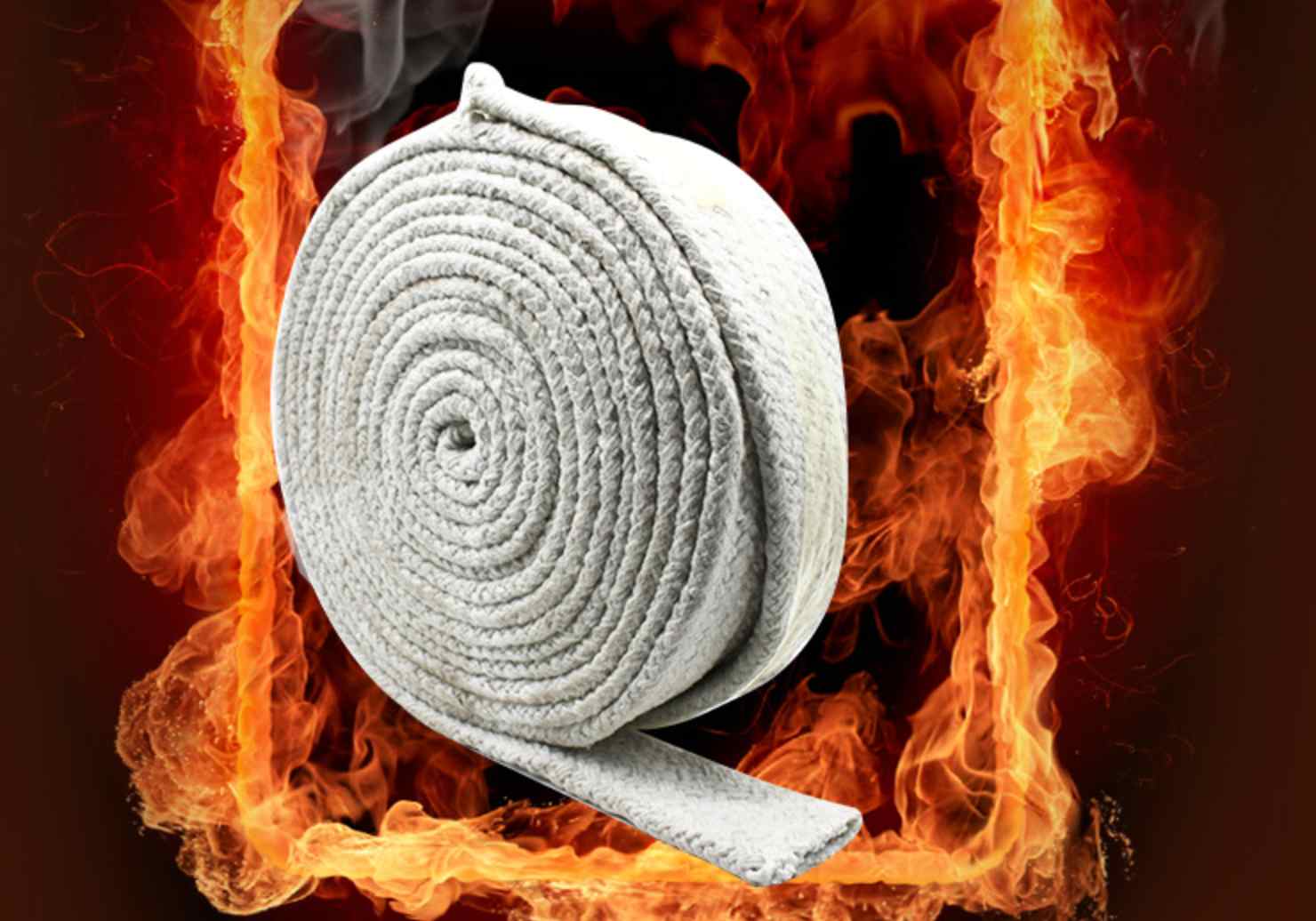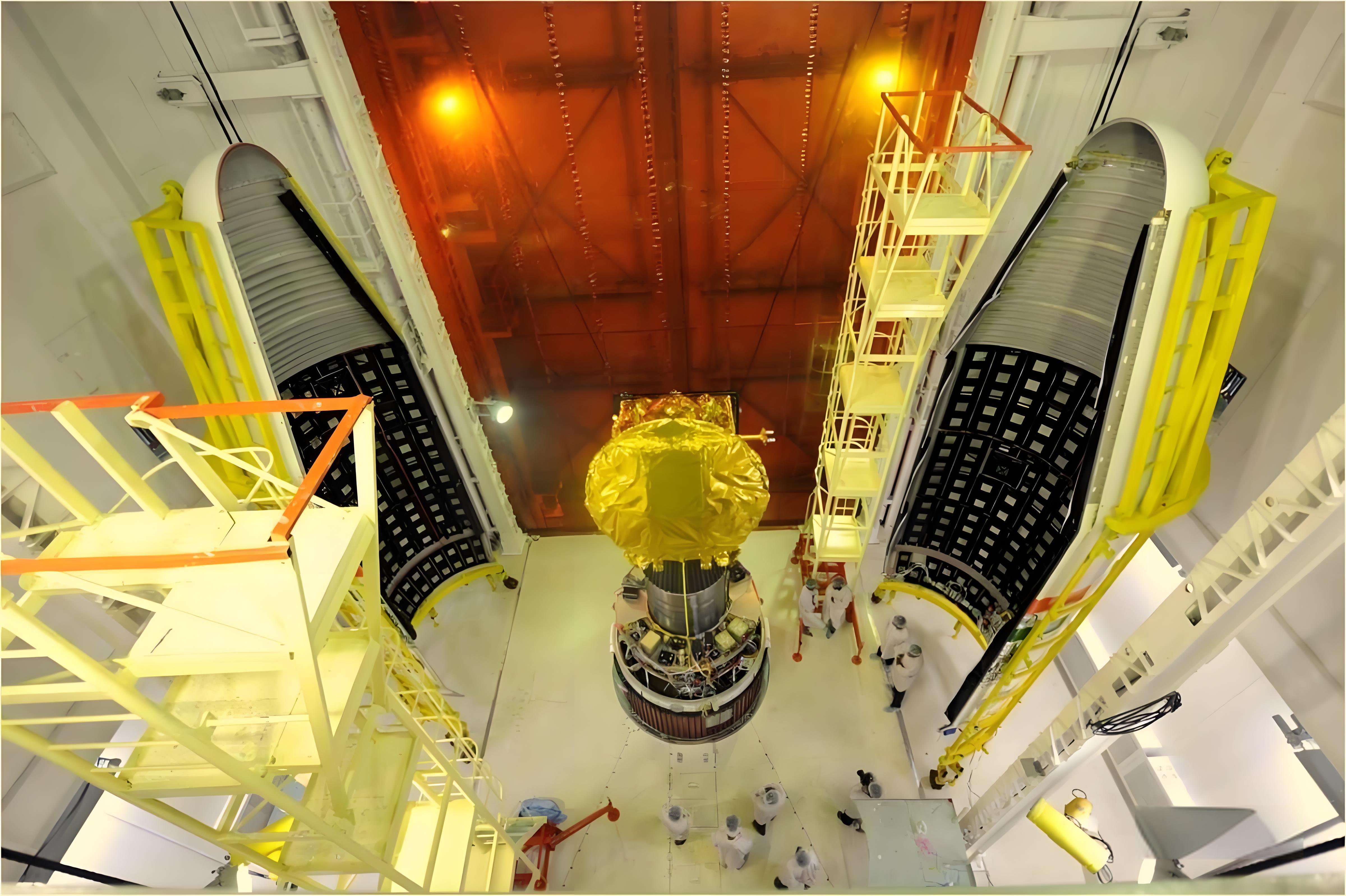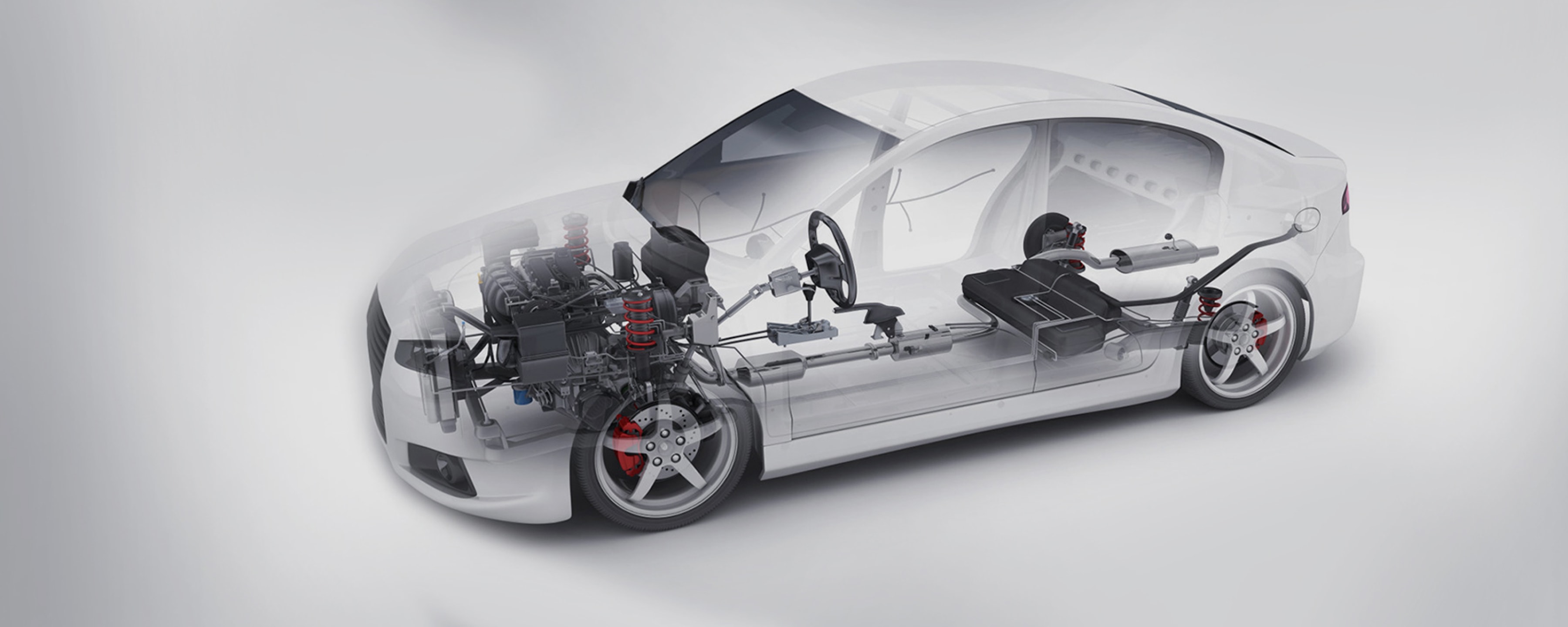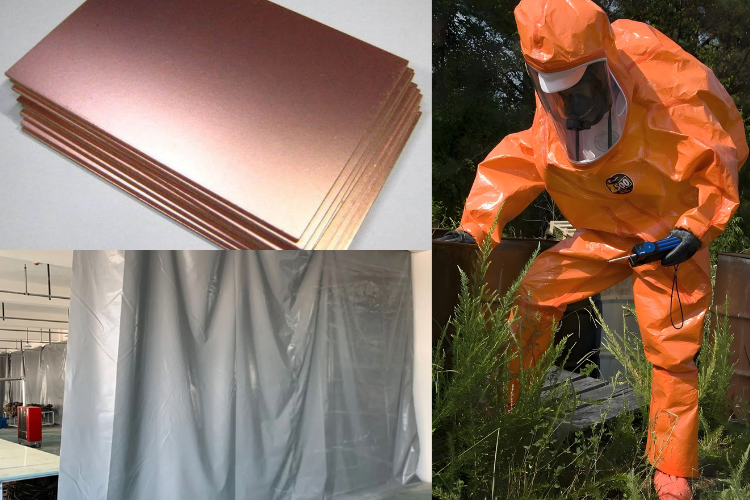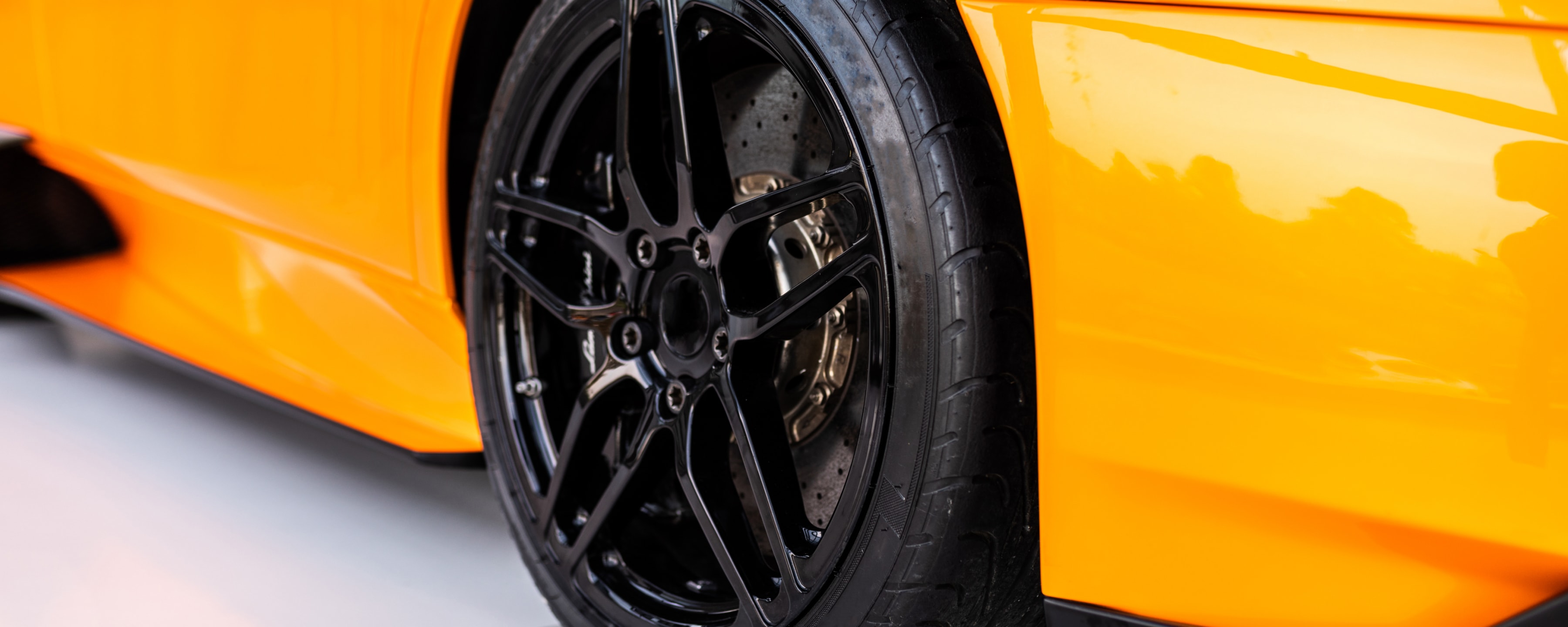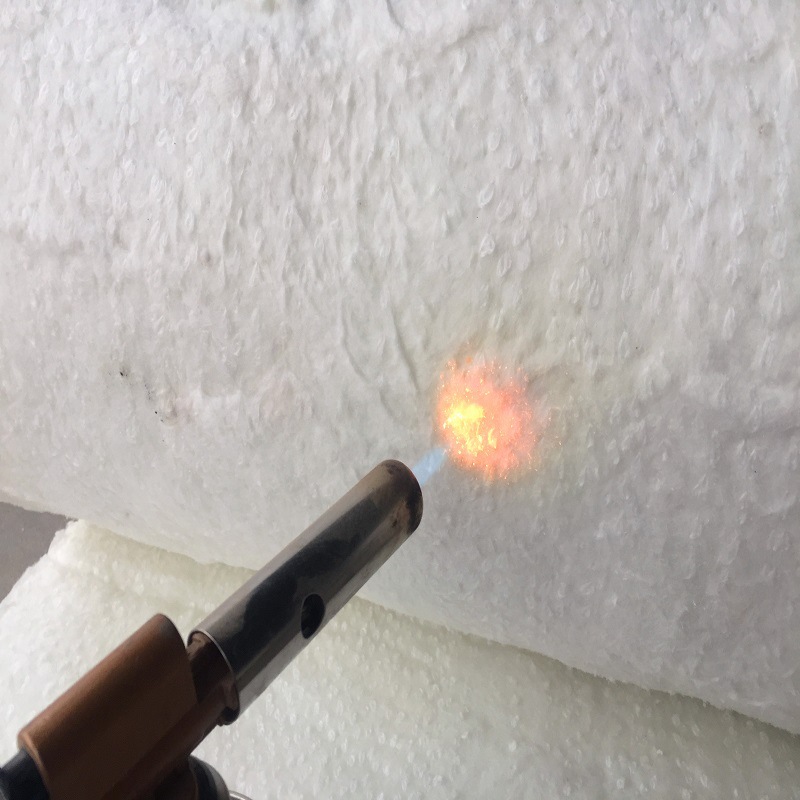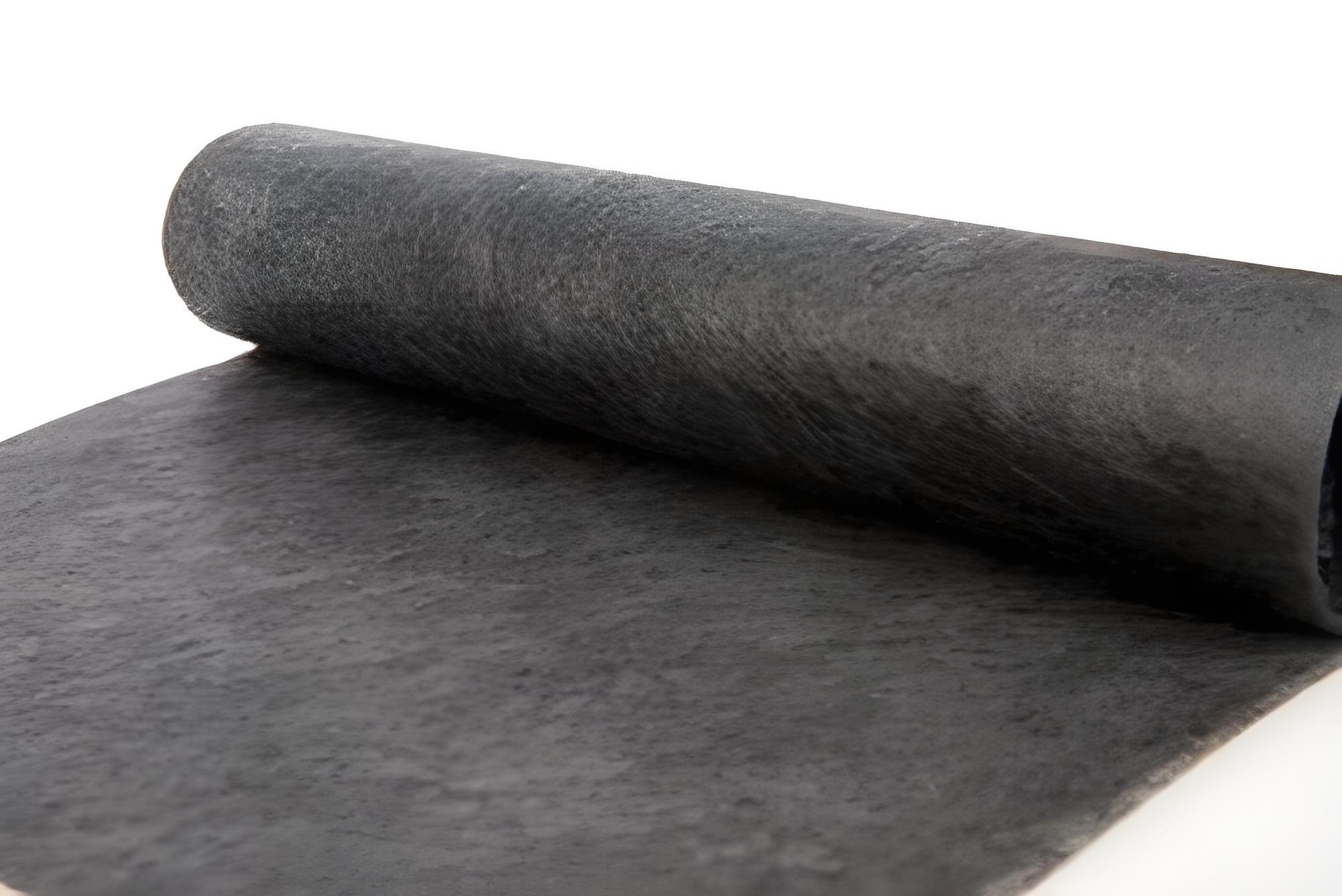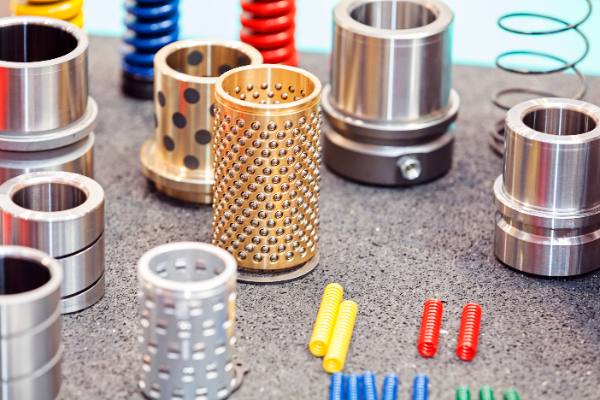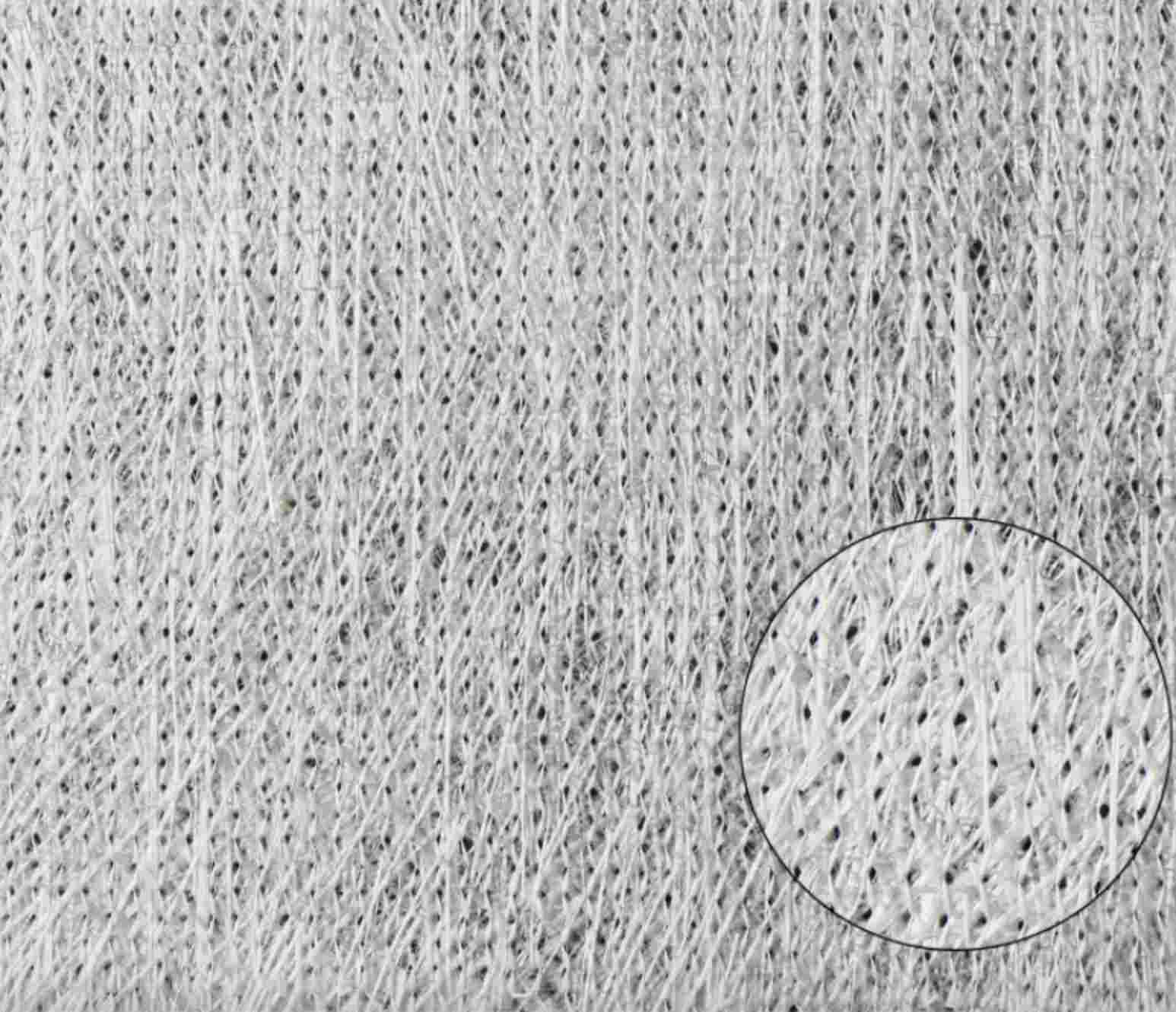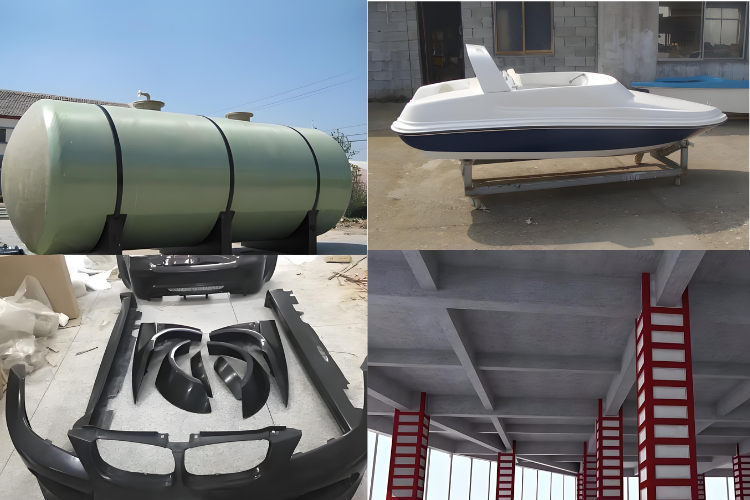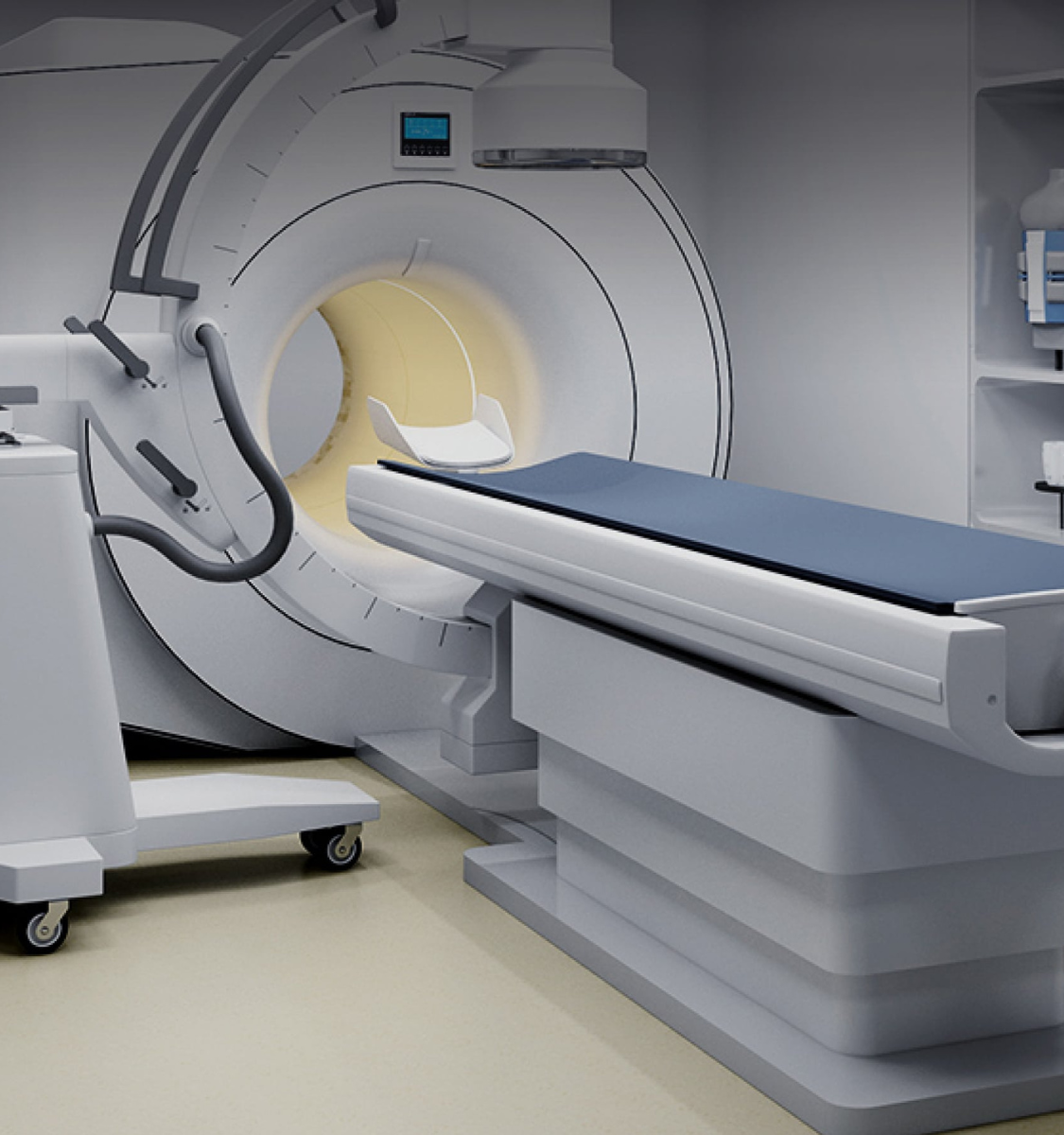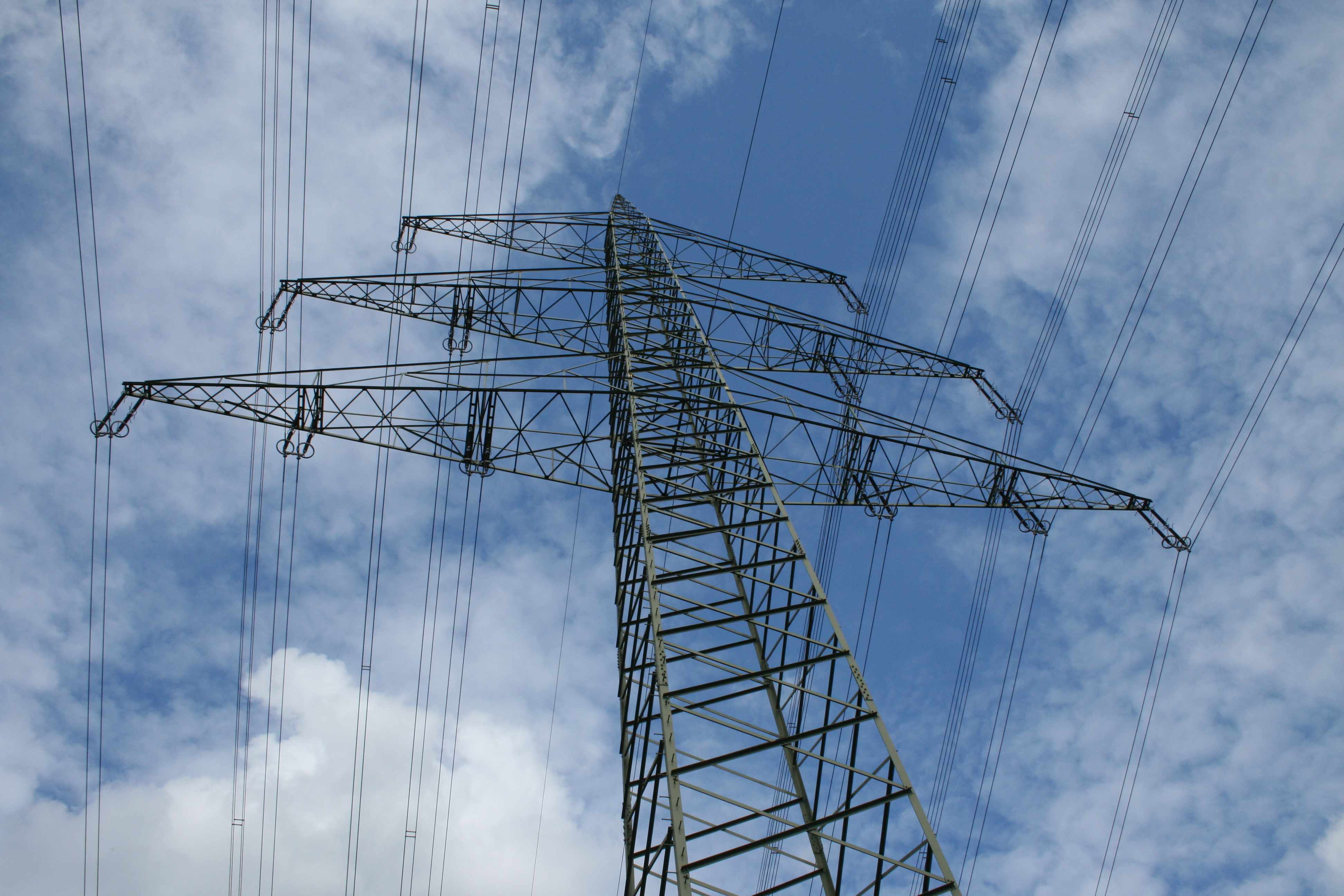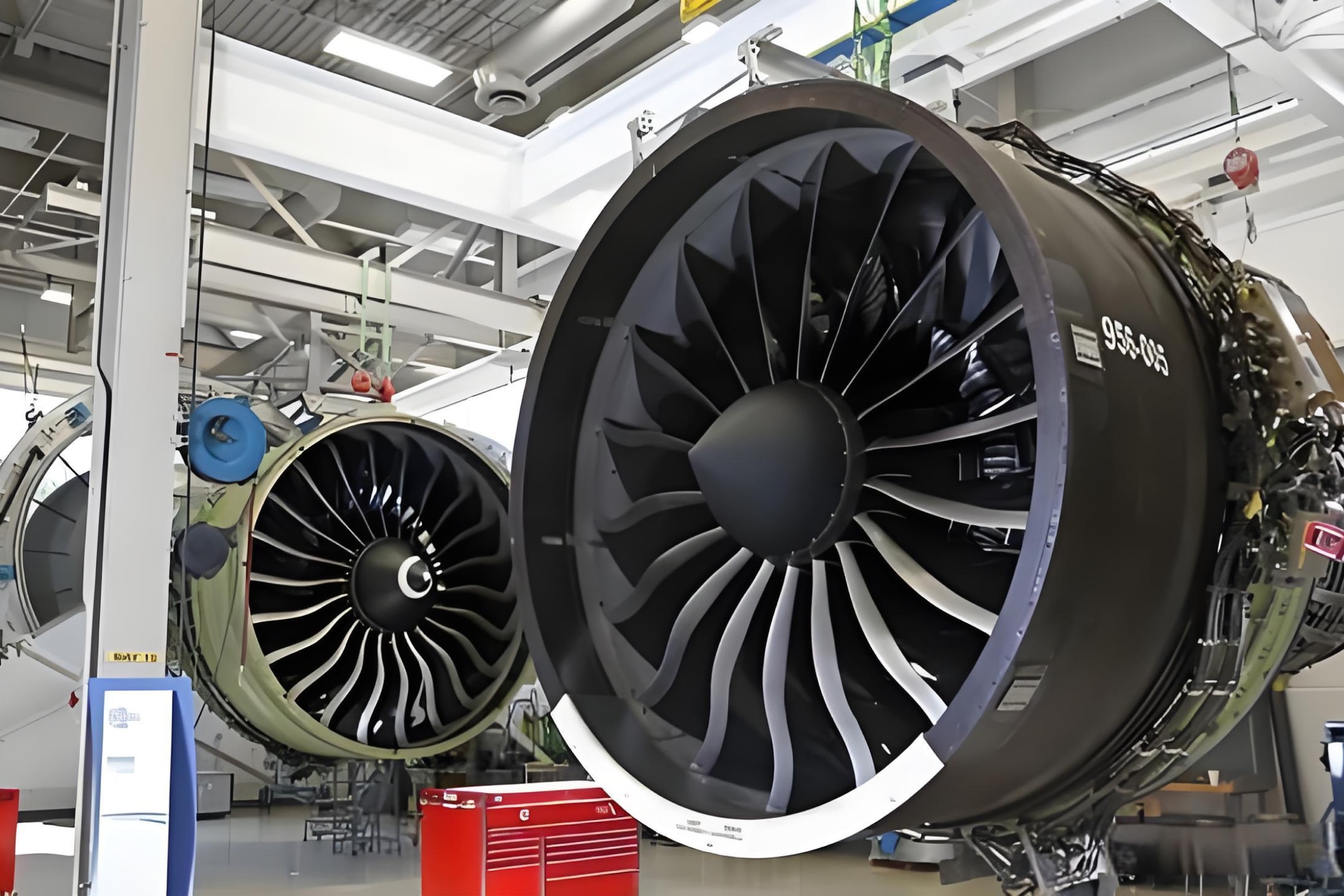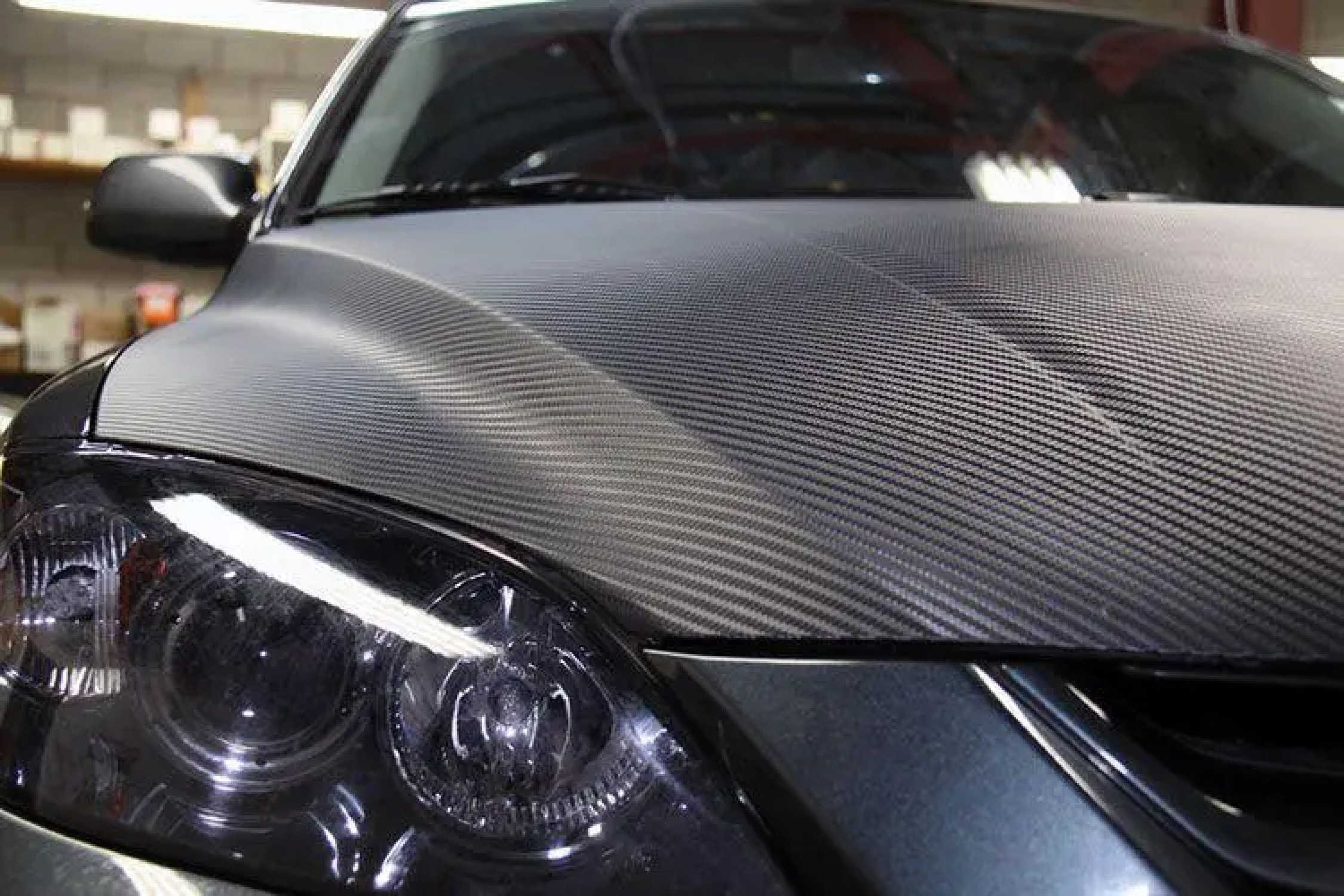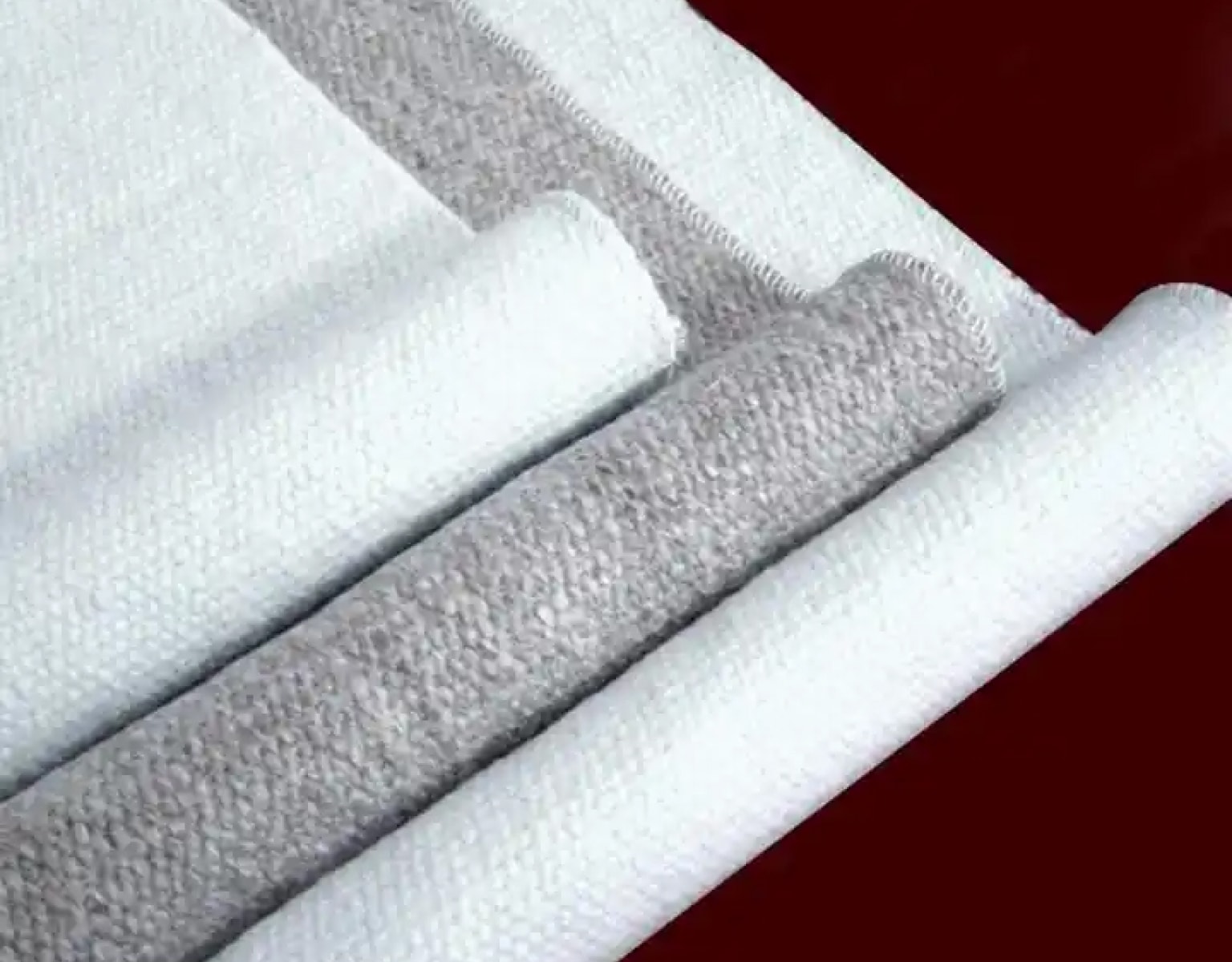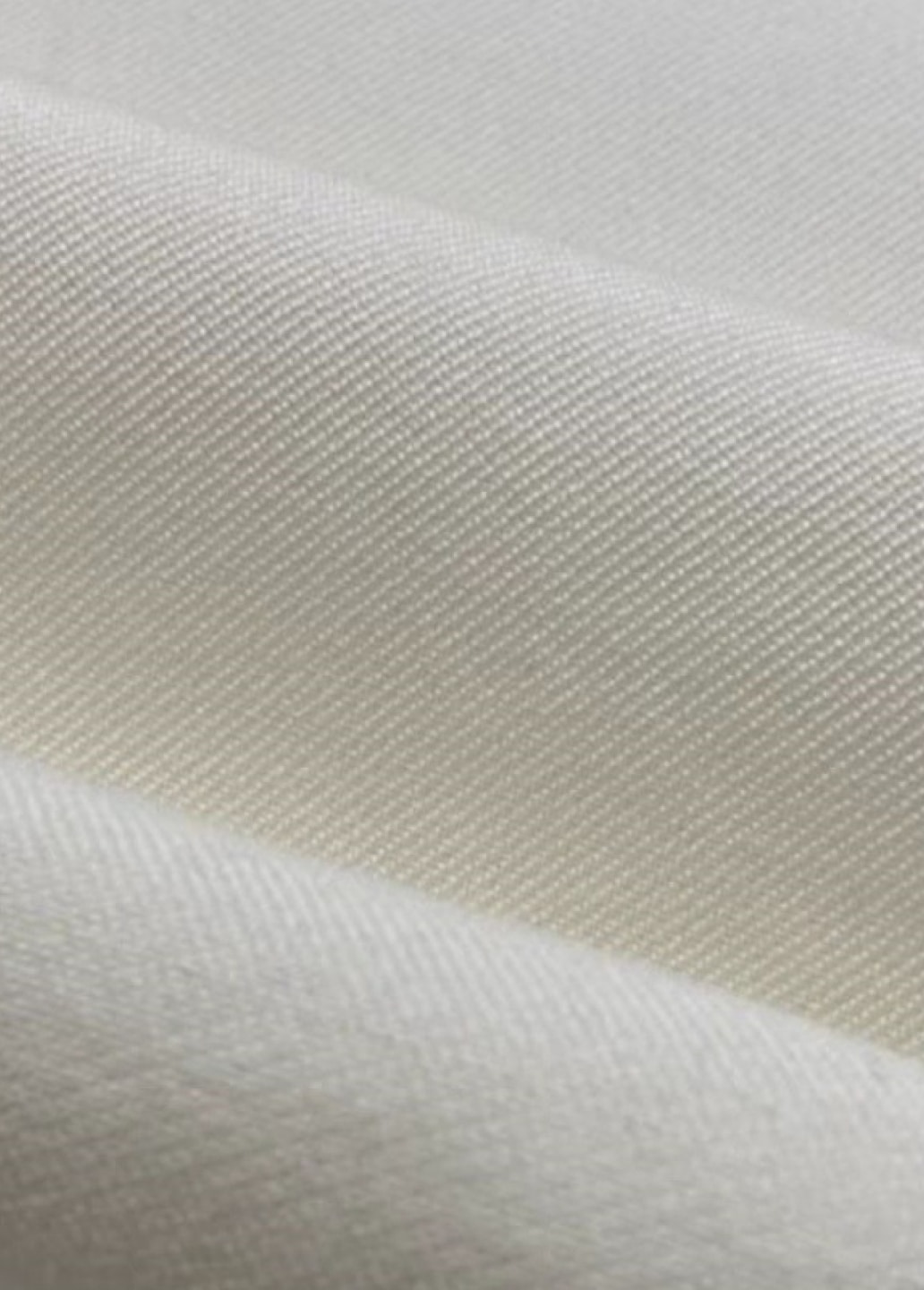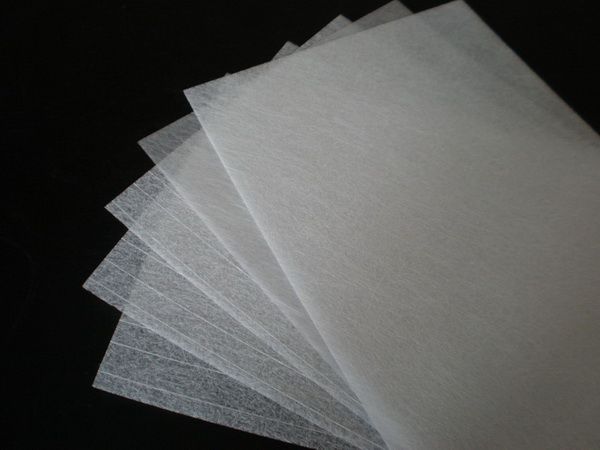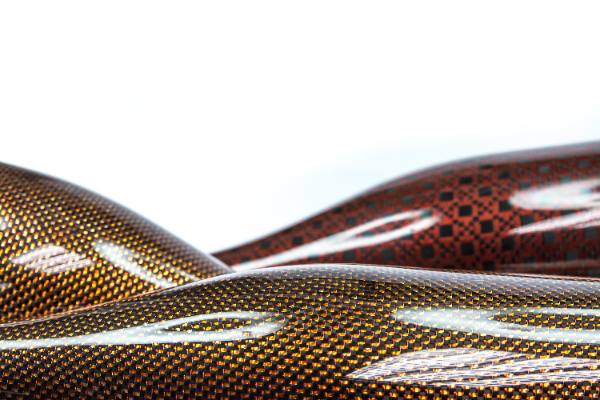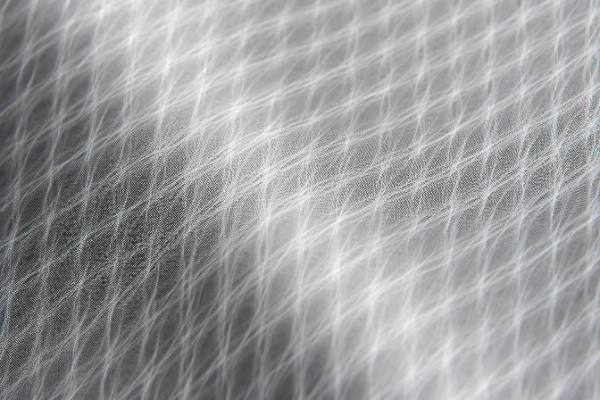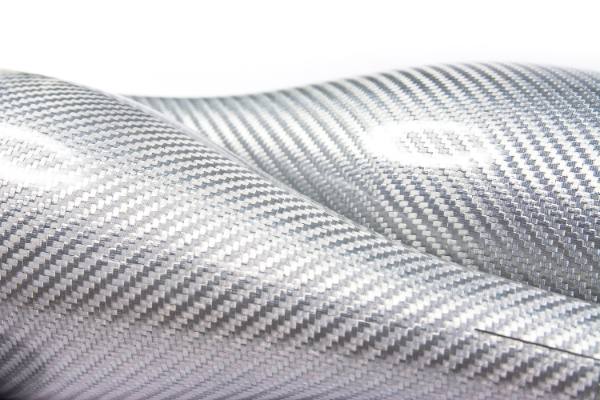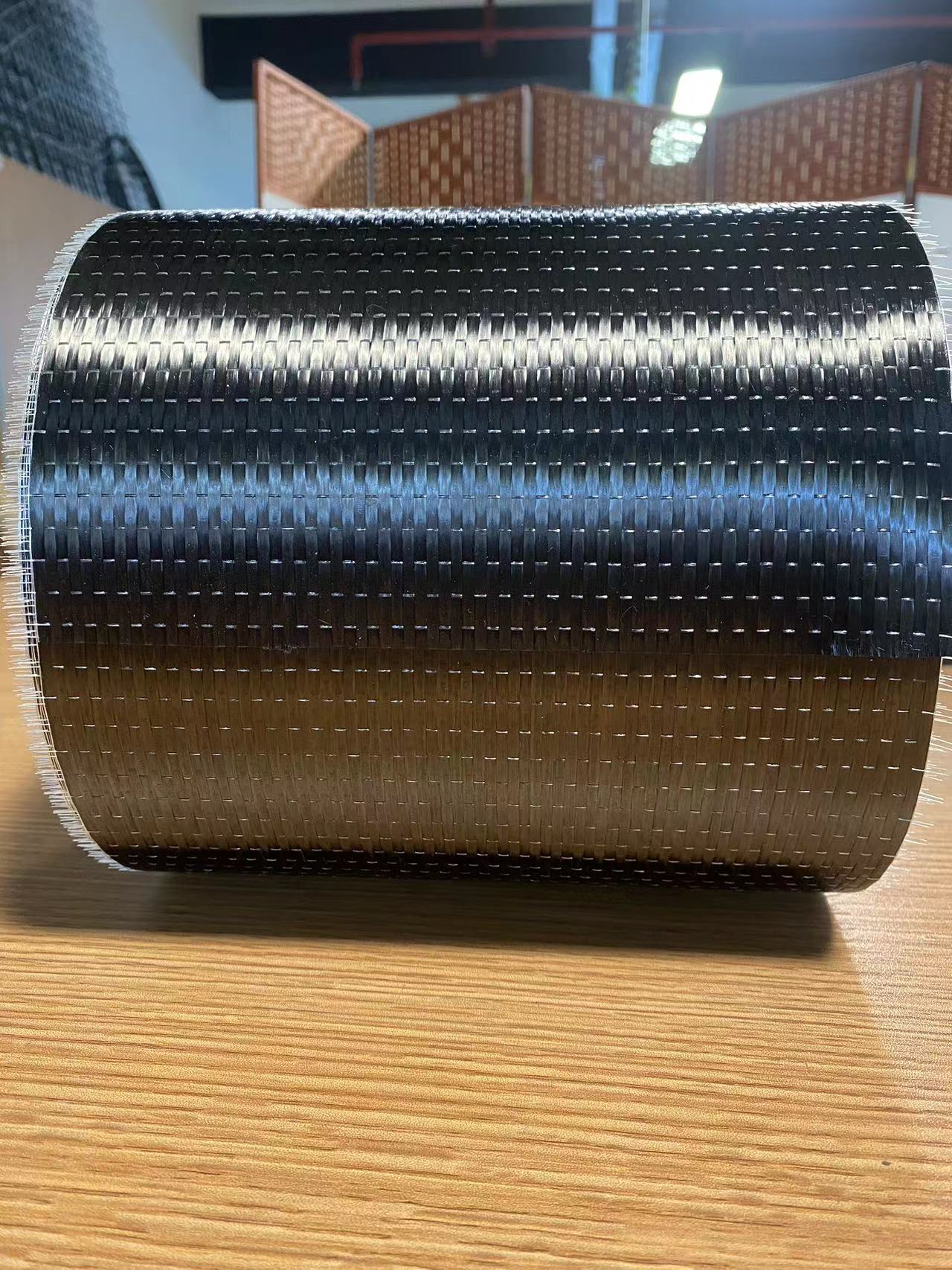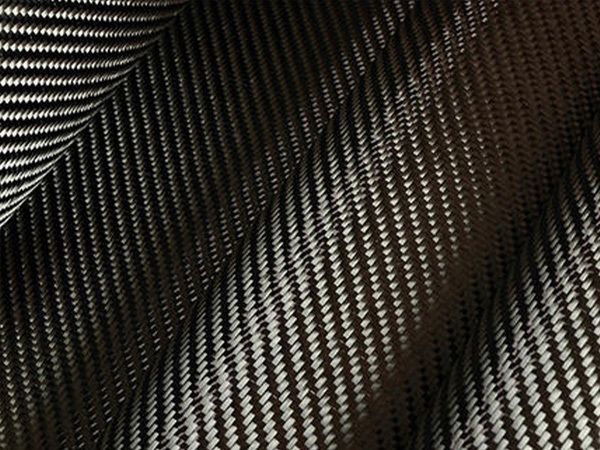+86-13732282311
merlin@xcellentcomposites.com
Let the world benefit from composite materials!
The Art and Science of Composite Stitching and Carbon Fiber Stitching
Introduction
In the world of advanced materials and high-performance engineering, composite stitching and carbon fiber stitching play crucial roles in enhancing the durability, strength, and resilience of composite structures. These processes are widely used in aerospace, automotive, sports equipment, and even medical applications to reinforce fiber-reinforced composites, ensuring they withstand extreme loads and environmental conditions.
This comprehensive guide delves into the principles, techniques, applications, and future innovations in composite stitching and carbon fiber stitching, offering valuable insights for engineers, manufacturers, and enthusiasts alike.
Understanding Composite Stitching
What is Composite Stitching?
Composite stitching is a reinforcement technique used in fiber-reinforced composites (FRCs) to improve interlaminar strength and prevent delamination. This process involves stitching together multiple layers of composite fabric with high-strength threads, typically made of materials such as Kevlar, carbon fiber, or aramid fibers.
By mechanically bonding the layers together, composite stitching enhances the composite structure’s ability to handle impact forces, cyclic loading, and fatigue stresses, making it ideal for high-performance applications.
Benefits of Composite Stitching
1.Increased Interlaminar Toughness
- Prevents layer separation (delamination)
- Enhances structural integrity under stress
2.Improved Damage Tolerance
- Reduces crack propagation
- Enhances impact resistance, especially in aerospace and automotive applications
3.Enhanced Load Distribution
- Distributes mechanical stress more effectively
- Minimizes failure due to weak bonding between layers
4.Lightweight Reinforcement
- Adds minimal weight compared to alternative reinforcement methods like additional laminates
5.Better Fatigue Resistance
- Extends the life of composite structures under repetitive loading

Carbon Fiber Stitching: The Next Level of Composite Reinforcement
What is Carbon Fiber Stitching?
Carbon fiber stitching is a specialized form of composite stitching that exclusively uses carbon fiber threads to reinforce composite materials. Carbon fiber is known for its exceptional strength-to-weight ratio, high stiffness, and thermal stability, making it a preferred choice for structural reinforcement in industries that demand extreme performance.
In carbon fiber stitching, small loops or straight stitches of carbon fiber are inserted into pre-preg (pre-impregnated) composite materials or dry fabric layers before resin infusion. This ensures that the resulting structure has enhanced mechanical properties.
Advantages of Carbon Fiber Stitching
1.Superior Strength-to-Weight Ratio
- Carbon fiber is significantly stronger than steel while being much lighter
- Ideal for applications requiring high strength without added bulk
2.Exceptional Thermal and Chemical Resistance
- Maintains integrity at high temperatures
- Resistant to corrosion and chemical degradation
3.Optimized Aerodynamics
- Used in aerospace and automotive applications to improve performance without sacrificing weight
4.Enhanced Fatigue Life
- Prevents micro-cracking and degradation over time
- Essential for high-stress environments like aircraft wings, race cars, and wind turbine blades
5.Precision and Customization
- Carbon fiber stitching can be tailored to reinforce specific weak points in a composite structure
Techniques of Composite and Carbon Fiber Stitching
1. Preform Stitching
Preform stitching is conducted on dry fiber preforms before the resin infusion process. This technique involves the use of specialized sewing machines equipped with strong, high-performance needles that can penetrate multiple layers of dry fiber fabric without causing fiber distortion. By stitching the fabric layers together at this stage, manufacturers create a mechanically bonded structure that maintains alignment during subsequent processing steps, such as vacuum-assisted resin transfer molding (VARTM) or autoclave curing. Preform stitching is widely used in aerospace, automotive, and marine applications where complex geometries and lightweight reinforcement are essential.
2. Pre-Preg Stitching
Pre-preg stitching is performed on fiber layers that have already been impregnated with resin, requiring high precision to ensure the resin distribution remains intact. Unlike preform stitching, which deals with dry fibers, pre-preg stitching must be carefully controlled to prevent excessive resin displacement or damage to the fiber matrix. This technique is particularly beneficial for aerospace components, where uniform resin content and fiber alignment are critical for maintaining structural integrity. Pre-preg stitching is commonly used in aircraft fuselages, racing car panels, and high-performance sporting equipment.
3. Through-Thickness Stitching
Through-thickness stitching enhances the delamination resistance of composite materials by introducing reinforcing threads that pass through the entire thickness of the composite structure. This method significantly improves interlaminar shear strength and prevents crack propagation under mechanical stress. Through-thickness stitching is particularly advantageous for thick composite laminates, which are commonly found in aerospace and industrial applications such as aircraft wings, spacecraft panels, and high-load structural components in the marine and wind energy sectors.
4. 3D Stitching
3D stitching is an advanced reinforcement technique where fibers are stitched in multiple directions, creating a three-dimensional reinforcement network. Unlike traditional two-dimensional stitching, which primarily strengthens in-plane properties, 3D stitching provides enhanced mechanical properties in all planes, increasing overall toughness and impact resistance. This technique is widely used in next-generation composite materials designed for extreme environments, such as hypersonic aircraft, military armor, and deep-sea exploration vehicles. The ability to integrate stitching in various orientations makes 3D stitching a cutting-edge method for achieving superior strength and durability in high-performance composite structures.
Applications of Composite and Carbon Fiber Stitching
The aerospace sector extensively utilizes composite and carbon fiber stitching to enhance the durability and performance of aircraft and spacecraft components. Aircraft wings, fuselage panels, and structural reinforcements rely on stitched composite materials to reduce weight without compromising strength. Spacecraft components, which are subjected to extreme forces and temperature variations, benefit from through-thickness and 3D stitching techniques to prevent delamination and improve impact resistance. By incorporating advanced stitching methods, aerospace manufacturers achieve superior structural integrity while minimizing overall mass, leading to improved fuel efficiency and payload capacity.
2. Automotive and Motorsports
Composite and carbon fiber stitching play a critical role in the automotive and motorsports industries, particularly in high-performance car bodies, chassis reinforcements, and impact-resistant structures. Carbon fiber-reinforced components reduce vehicle weight, improving fuel efficiency and handling dynamics. In motorsports, stitched composites enhance crashworthiness, ensuring that racing cars maintain structural integrity under high-speed impacts. Through-thickness stitching is commonly used in roll cages and monocoque chassis to increase resistance to mechanical stress.
3. Marine and Naval Engineering
In marine and naval applications, composite stitching reinforces boat hulls, ship superstructures, and offshore platforms. Carbon fiber composites provide excellent corrosion resistance, making them ideal for harsh marine environments. 3D stitching enhances the mechanical properties of composite ship panels, improving durability against hydrodynamic forces and extending service life.
The wind energy sector benefits from composite stitching techniques to manufacture durable and fatigue-resistant wind turbine blades. Wind turbines are subjected to continuous cyclic loading, which can lead to delamination and structural failure. Through-thickness stitching enhances blade longevity by preventing crack propagation, ensuring long-term operational efficiency and sustainability.
Stitched carbon fiber composites are widely used in the sports industry to manufacture high-performance equipment such as reinforced bicycles, tennis rackets, hockey sticks, and golf clubs. These materials provide the perfect balance of lightweight construction and high durability, allowing athletes to perform at their best. 3D stitching enhances impact resistance, ensuring long-lasting and resilient sports gear.
In the medical field, carbon fiber stitching is used in prosthetics, orthopedic implants, and assistive devices. Lightweight yet strong composite prosthetics improve mobility and comfort for patients. Customized stitching patterns ensure an optimal balance of flexibility and strength, making them suitable for high-performance medical applications such as artificial limbs, orthopedic braces, and rehabilitation devices.

Challenges and Innovations in Composite and Carbon Fiber Stitching
Challenges
1.Precision and Equipment Costs
- Advanced stitching techniques require specialized machinery
- High initial investment in automated stitching systems
2.Material Compatibility
- Stitching can alter fiber orientation, potentially affecting mechanical properties
- Careful selection of stitching materials is required for optimal performance
3.Manufacturing Complexity
- Stitching adds additional production steps, increasing time and cost
- Requires skilled operators and precise control
Innovations
1.Automated Fiber Placement (AFP) with Stitching Integration
- Combines robotic fiber placement with in-situ stitching
- Reduces production time while enhancing reinforcement
2.Smart Composite Stitching with Embedded Sensors
- Integrating sensors within stitched composites for real-time structural monitoring
- Used in aerospace and civil engineering for predictive maintenance
3.3D Woven Composites
- Eliminates the need for stitching by weaving fibers in three dimensions
- Achieves superior strength with optimized fiber architecture
4.Biodegradable Stitching Materials
- Development of eco-friendly reinforcement fibers
- Sustainable alternatives for industries moving toward greener manufacturing
Conclusion
Composite stitching and carbon fiber stitching are indispensable reinforcement techniques that continue to push the boundaries of composite material performance. From aerospace to sports equipment, these methods enhance strength, durability, and safety while maintaining lightweight efficiency.
As technology advances, innovations like 3D stitching, automated fiber placement, and smart composites will further revolutionize the field, making composites stronger, lighter, and more intelligent than ever before. Whether you're an engineer, manufacturer, or enthusiast, understanding these techniques is key to unlocking the full potential of high-performance composite materials.
Read More: The Role of Composite Materials in Automobiles
Popular Composite Materials
Popular Composite Materials
Composites Knowledge Hub
Composites Knowledge Hub

